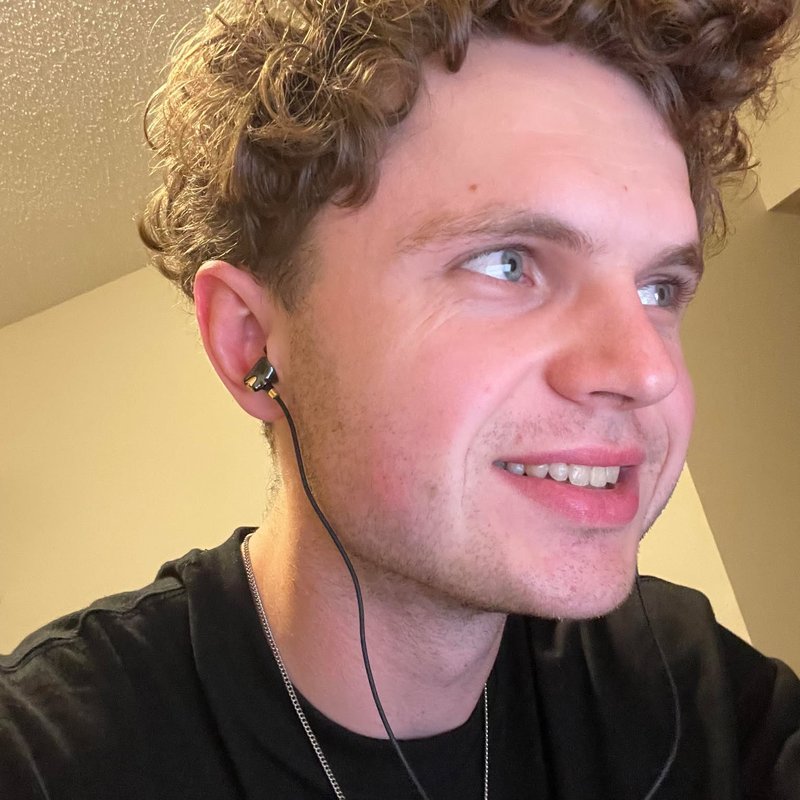Alessandra specializes in modeling gravitational waves from binary systems of black holes and neutron stars to address fundamental questions in astrophysics, cosmology, and the nature of gravity.
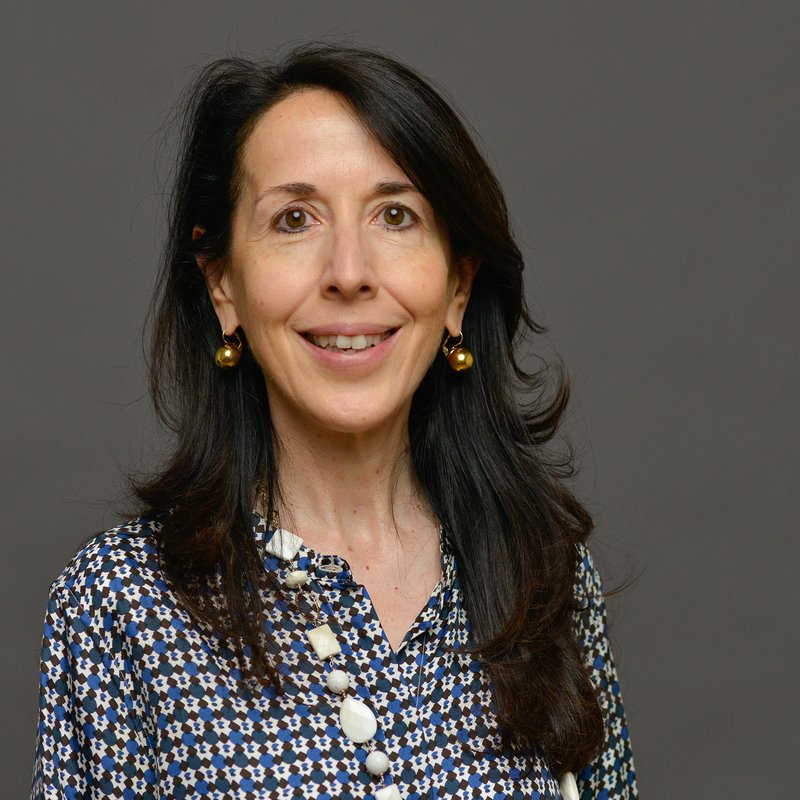
Alessandra Buonanno
Professor
email
Emil's research focuses on perturbative expansions of on-shell scattering amplitudes in gravity—an essential topic for studying the inspiral of black hole binaries using quantum field theory.
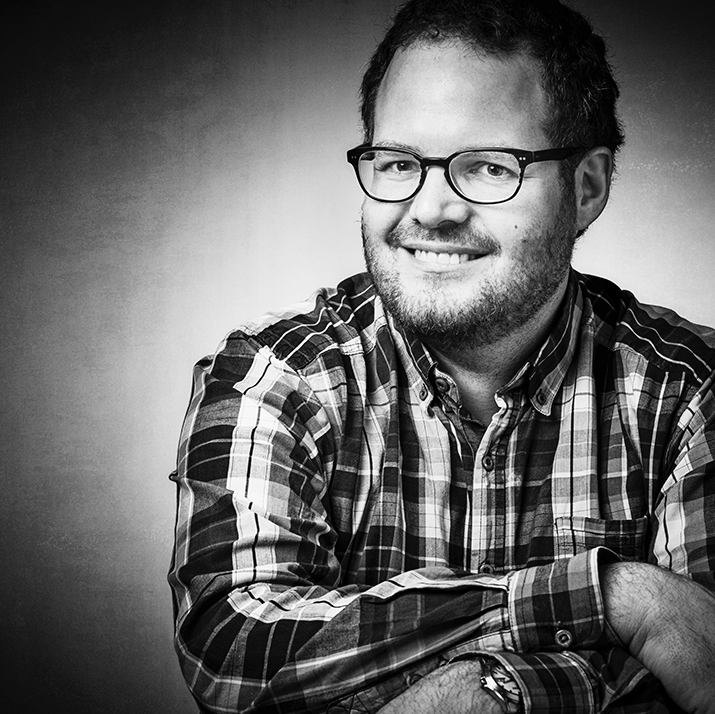
Emil Bjerrum-Bohr
Associate Professor
email
Maarten's interested in the relativistic 2-body problem describing the inspiral and merger of black hole binaries. He is an expert on the gravitational self-force formalism.
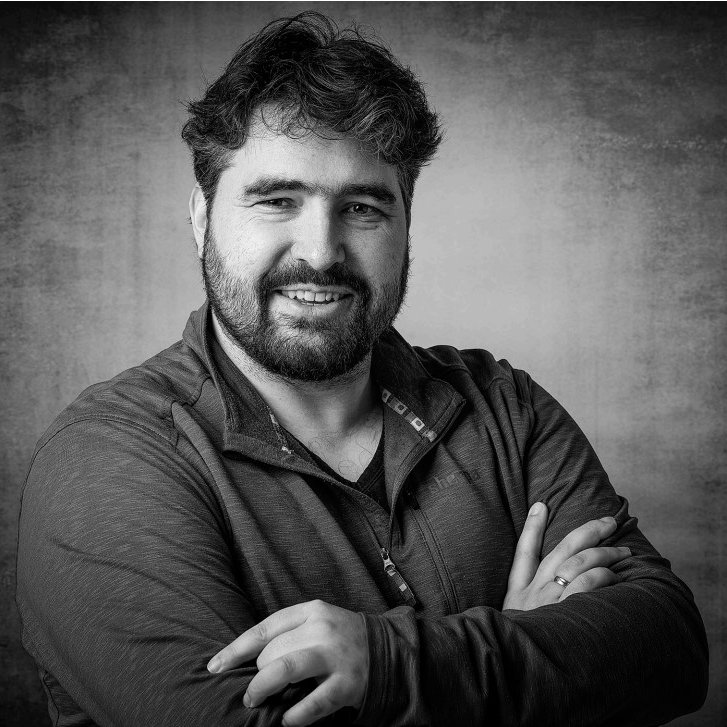
Maarten van de Meent
Associate Professor
email
Niels' research centers around understanding the quantum nature of gravity and fundamental properties of black holes using approaches originating from string theory and holography.
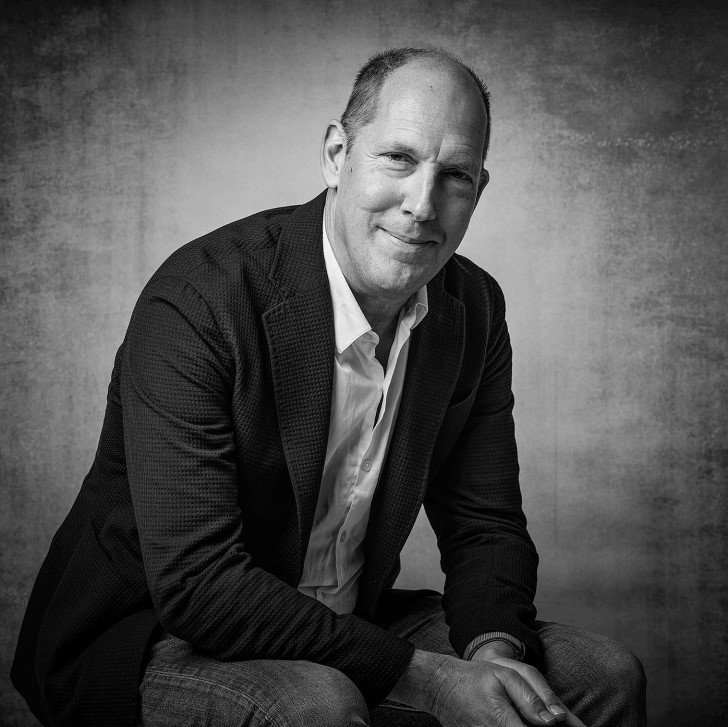
Niels Obers
Professor
email
Troels' research is on fundamentals of gravity, exploring holographic models for quantum gravity and new analytical techniques for strong gravity phenomena.
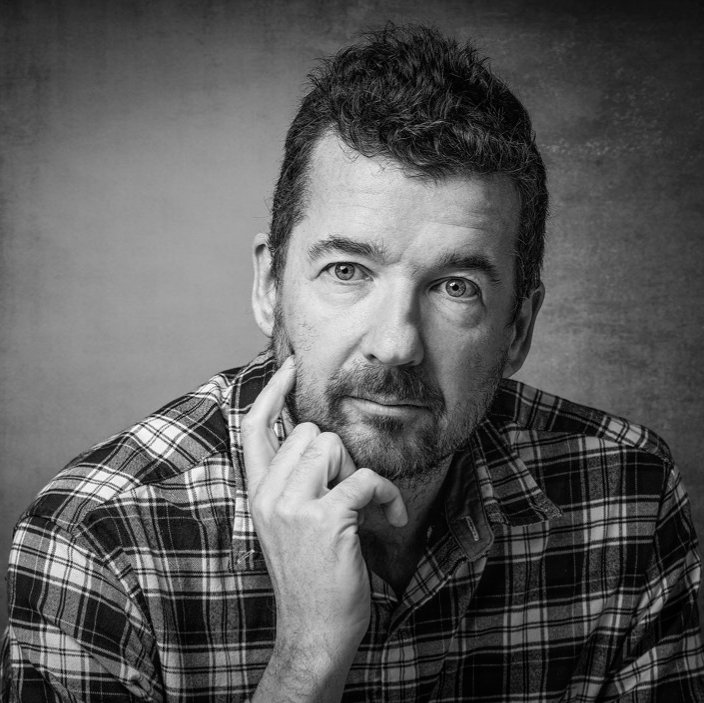
Troels Harmark
Associate Professor
email
Vitor's research uses black holes as engines of discovery, using them to understand the dark content of our universe, but also to test the very tenets of General Relativity.
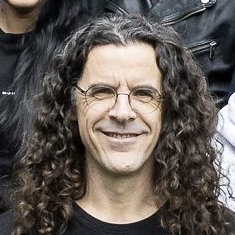
Vítor Cardoso
Center Director/Professor
email
Emily is a CoG student assistant working to facilitate the daily life of the center, with a particular emphasis on event planning, visitor processes, website updates and communication.

Emily Mansfield
Student Assistant
email
Fanny coordinates the Center of Gravity, managing events and daily administrative processes. She ensures that people, ideas, and projects move smoothly across the Center’s community.
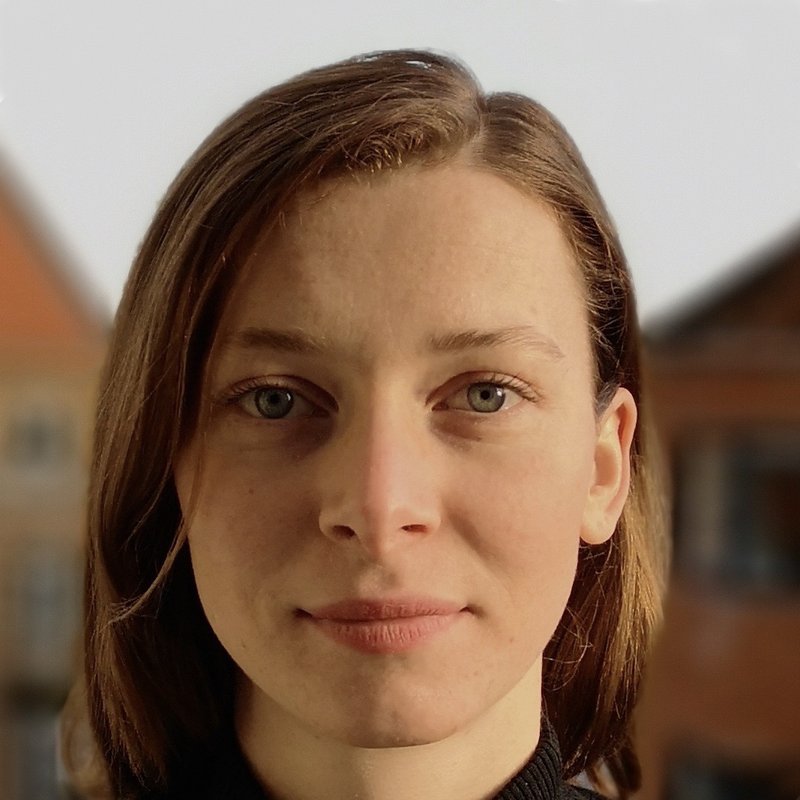
Fanny Töpper
Coordinator
email
Marie is a CoG student assistant working to facilitate the daily life of the center, with a particular emphasis on event planning, visitor processes, website updates and communication.
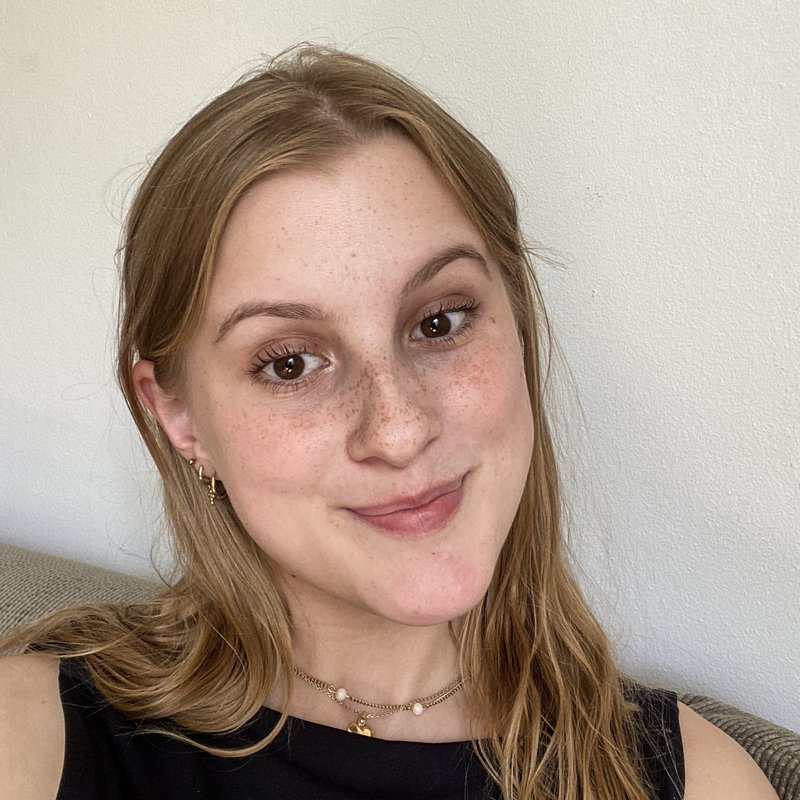
Marie Rosenkrands
Student Assistant
email
Vitor's research uses black holes as engines of discovery, using them to understand the dark content of our universe, but also to test the very tenets of General Relativity.

Vítor Cardoso
Center Director/Professor
email
Alessia studies quantum gravity through the lens of effective field theory, testing and comparing different theories—e.g., asymptotic safety and string theory—and their infrared predictions.
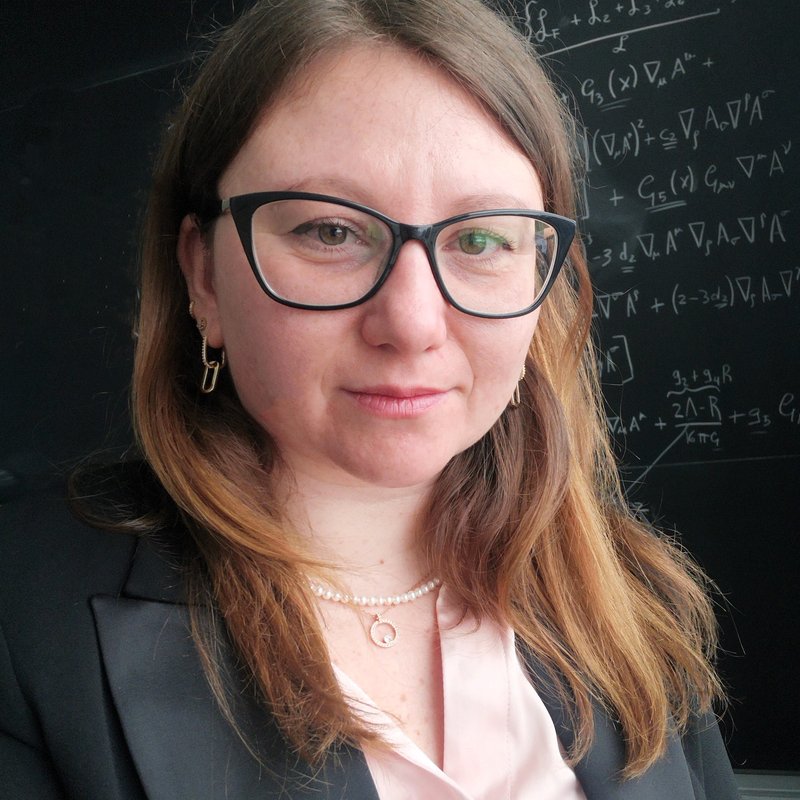
Alessia Benedetta Platania
Associate Professor
email
Emil's research focuses on perturbative expansions of on-shell scattering amplitudes in gravity—an essential topic for studying the inspiral of black hole binaries using quantum field theory.

Emil Bjerrum-Bohr
Associate Professor
email
Johan explores how to use observations of gravitational waves to probe the astrophysical origin and host environment of binary black hole mergers throughout our Universe.
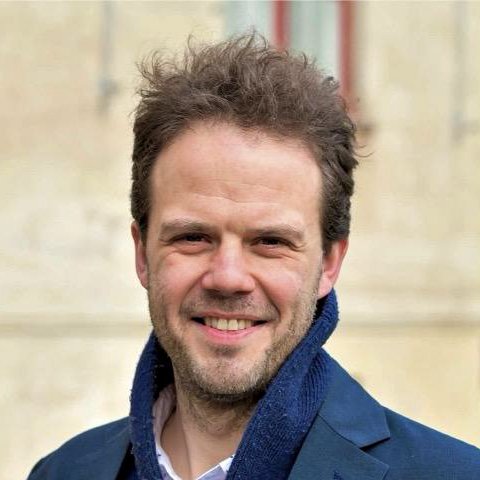
Johan Samsing
Assistant Professor
email
Jose's research lies at the intersection of fundamental physics, cosmology and astrophysics and aims at probing gravity and unveiling the nature of dark energy and dark matter.
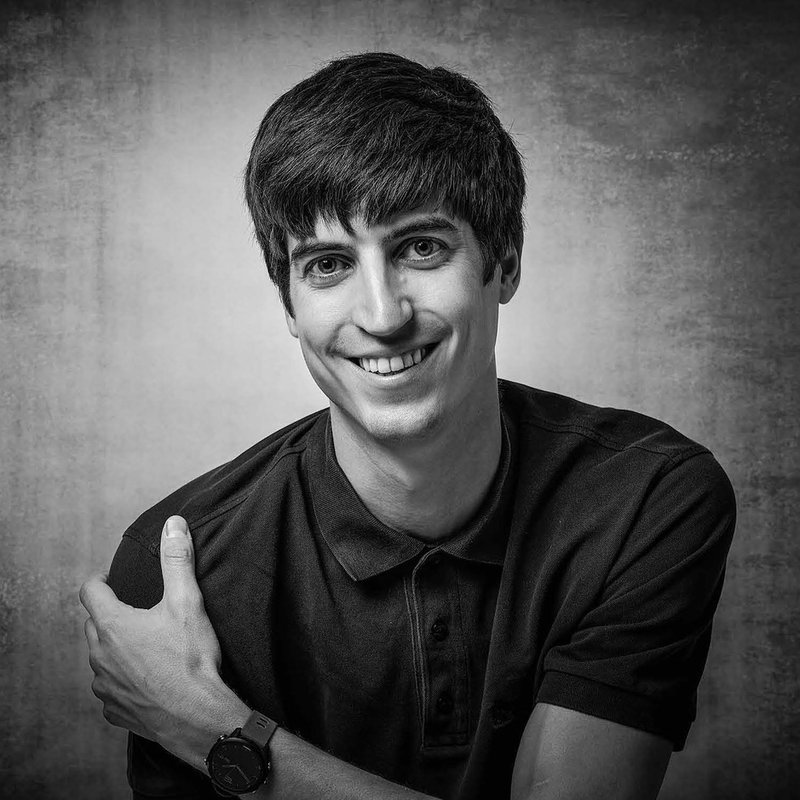
Jose Ezquiaga
Associate Professor
email
Maarten's interested in the relativistic 2-body problem describing the inspiral and merger of black hole binaries. He is an expert on the gravitational self-force formalism.

Maarten van de Meent
Associate Professor
email
Marta studies black hole systems in the regime of strong gravity to discover how their dynamics and the emitted gravitational wave signal is influenced by extreme gravitational environments.
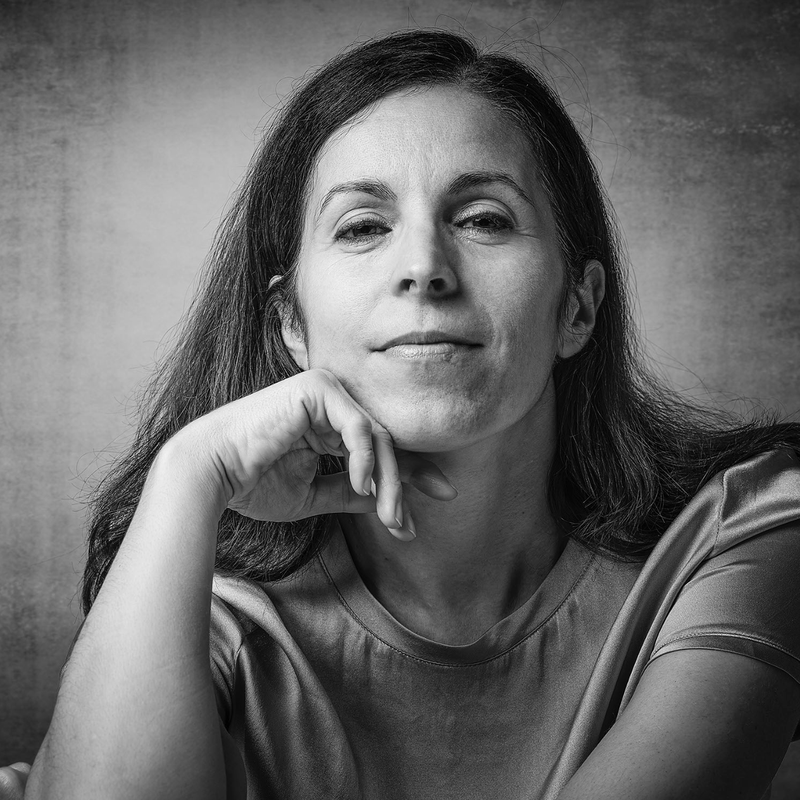
Marta Orselli
Associate Professor
email
Niels' research centers around understanding the quantum nature of gravity and fundamental properties of black holes using approaches originating from string theory and holography.

Niels Obers
Professor
email
Troels' research is on fundamentals of gravity, exploring holographic models for quantum gravity and new analytical techniques for strong gravity phenomena.

Troels Harmark
Associate Professor
email
Vitor's research uses black holes as engines of discovery, using them to understand the dark content of our universe, but also to test the very tenets of General Relativity.

Vítor Cardoso
Center Director/Professor
email
Ziqi's current research focuses on how gravity emerges from quantum systems in string theory and M-theory, and its implications for cosmology.
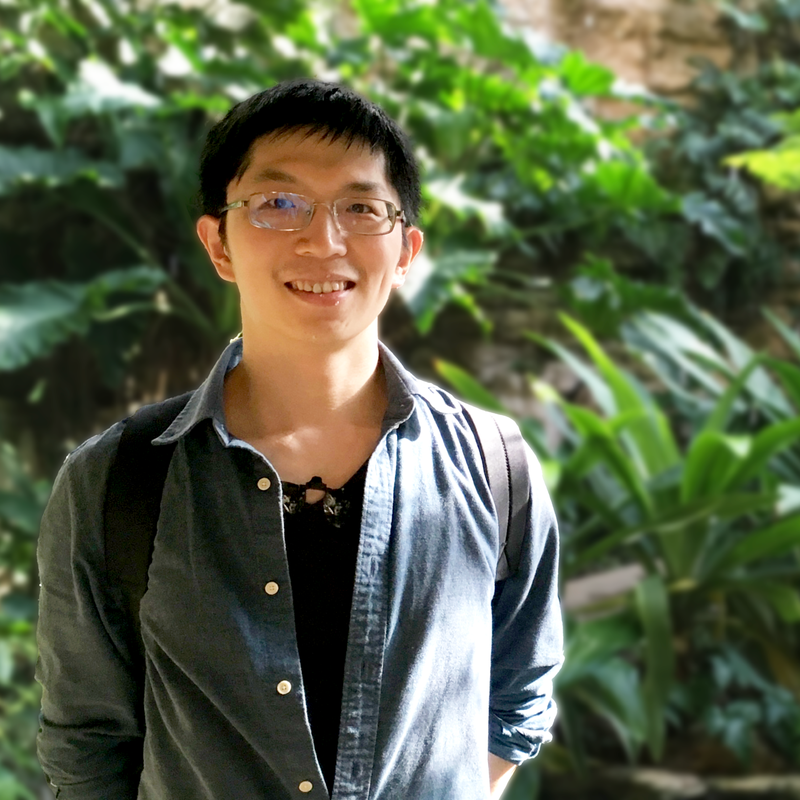
Ziqi Yan
Associate Professor
email
Luis Lehner studies black holes using simulations and analytical tools to uncover gravity's nonlinear phenomena and test Einstein's theory through extreme spacetime dynamics.
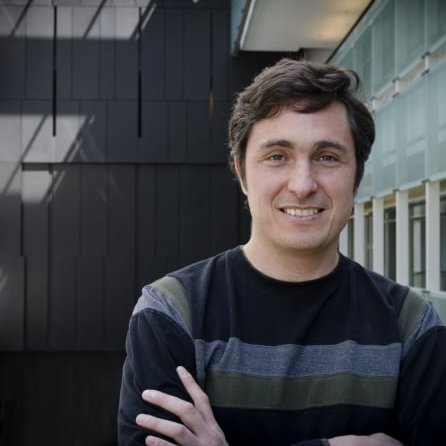
Luis Lehner
CoG Distinguished Fellow
email
Raúl studies the impact of quantum gravity effects on the structure of black holes and the feasibility of detecting the resulting observational imprints in current or future experiments.
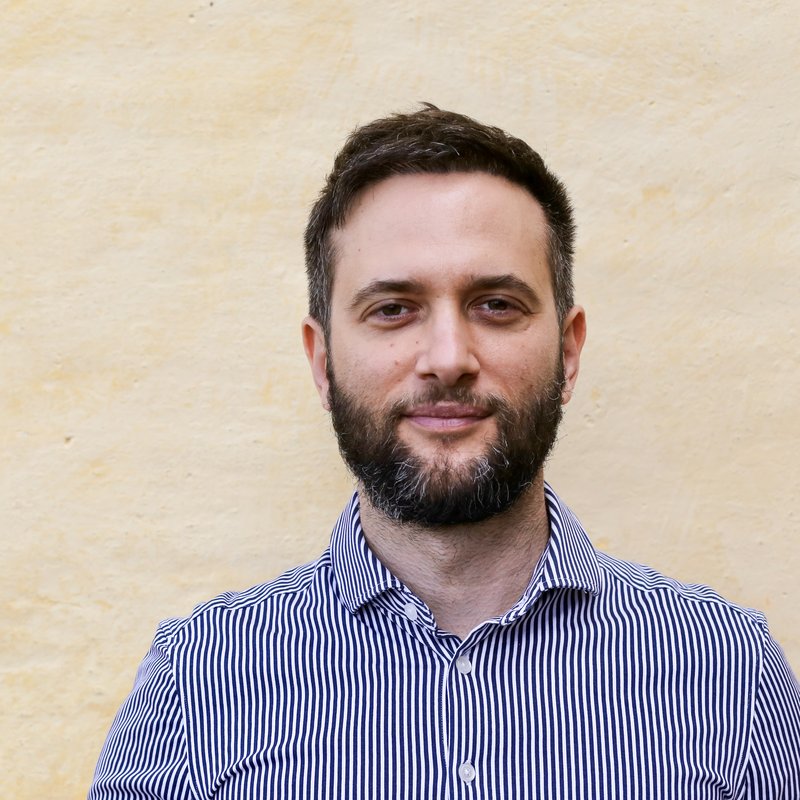
Raúl Carballo-Rubio
Postdoctoral Researcher
email
My research focuses on the study of black holes and black hole mimickers as tools to test General Relativity, explore new physics, and investigate potential quantum gravity effects.
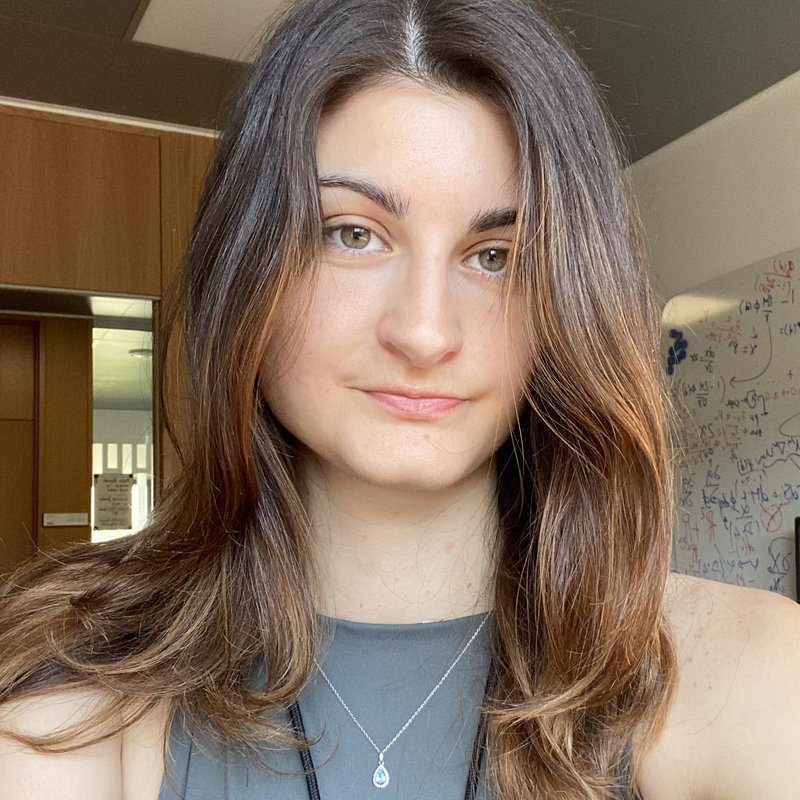
Vania Vellucci
Postdoctoral Researcher
email
Alessia studies quantum gravity through the lens of effective field theory, testing and comparing different theories—e.g., asymptotic safety and string theory—and their infrared predictions.

Alessia Benedetta Platania
Associate Professor
email
Ariadna’s research focuses on the dynamics of black hole horizons, developing new tools to probe their geometry through gravitational waves.
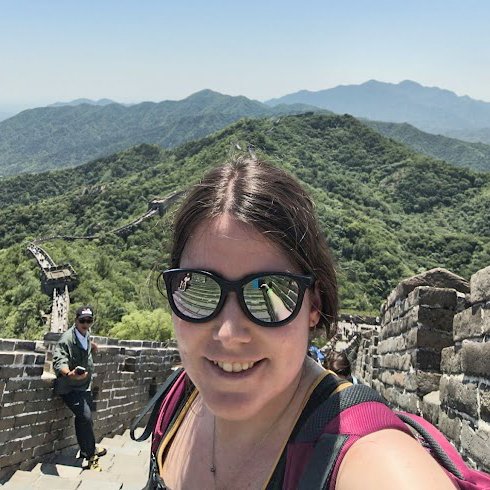
Ariadna Ribes Metidieri
Postdoctoral Researcher
email
Emil's research focuses on perturbative expansions of on-shell scattering amplitudes in gravity—an essential topic for studying the inspiral of black hole binaries using quantum field theory.

Emil Bjerrum-Bohr
Associate Professor
email
Emil studies geometric aspects of physical theories, ranging from strings to gravity to fluids.
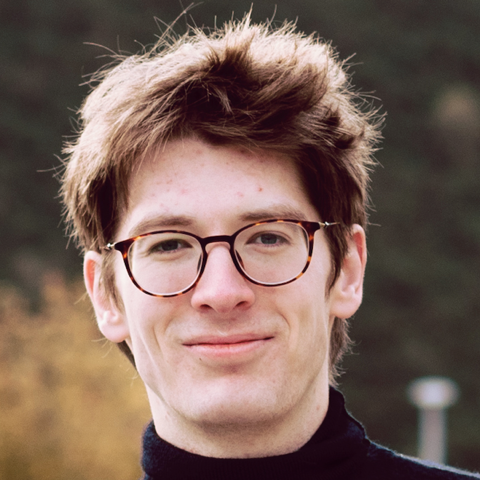
Emil Have
Postdoctoral Researcher
email
Francesco studies quantum aspects of gravity, and their implications on black holes via different models, such as Hořava gravity and asymptotic safety.
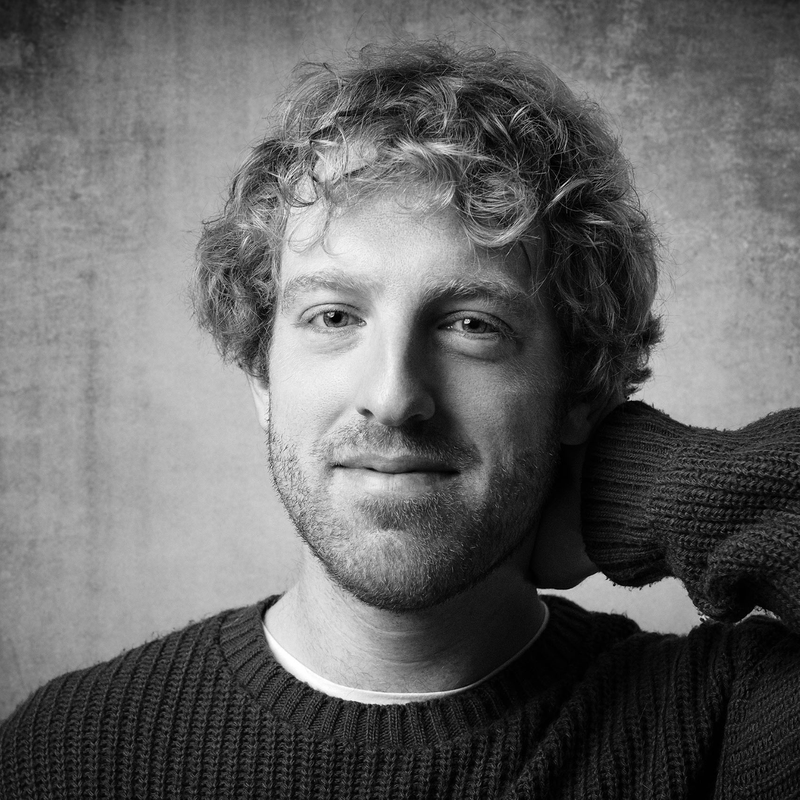
Francesco Del Porro
Postdoctoral Researcher
email
Gang studies spinning black holes using amplitude and hypersurface models, focusing on gravitational waves, black hole deformation in binaries system and gravitational collapse.
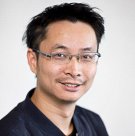
Gang Chen
Assistant Professor
email
My work focuses on black hole ringdown,where I try to extrapolate the different modes in its spectrum from real data. I also characterise the astrophysical environments around merging black holes
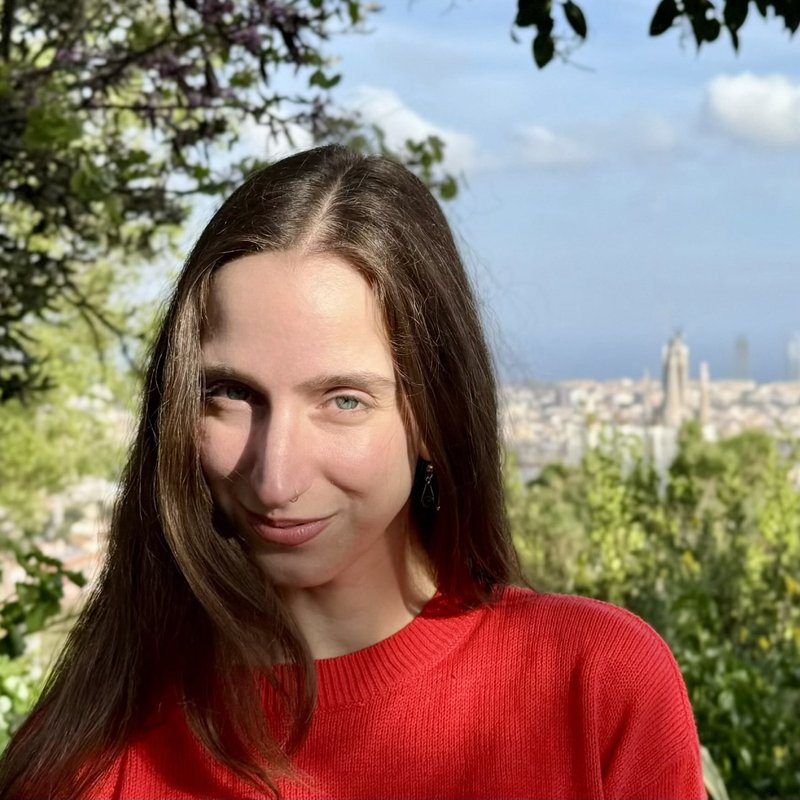
Giada Caneva Santoro
Postdoctoral Researcher
email
Jann is interested in the fundamental properties of gravity theories and their implications on observational tests, in particular through gravitational wave signals and gravitational memory.
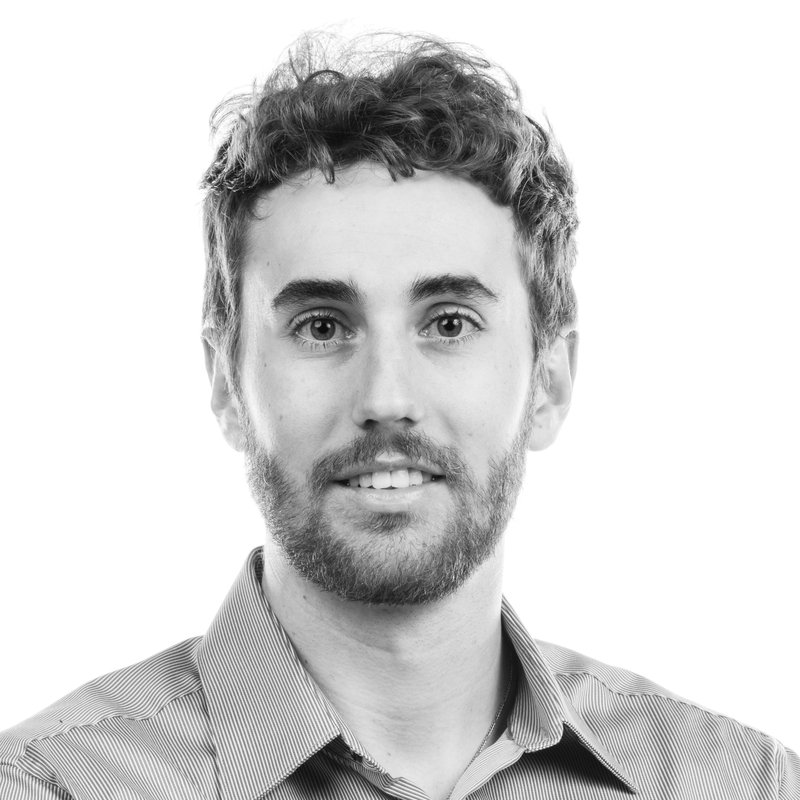
Jann Zosso
Postdoctoral Researcher
email
Johan explores how to use observations of gravitational waves to probe the astrophysical origin and host environment of binary black hole mergers throughout our Universe.

Johan Samsing
Assistant Professor
email
Jørgen is interested in analytical approaches to the study of gravitational radiation and the two-body problem. This includes applications of non-Lorentzian geometry.
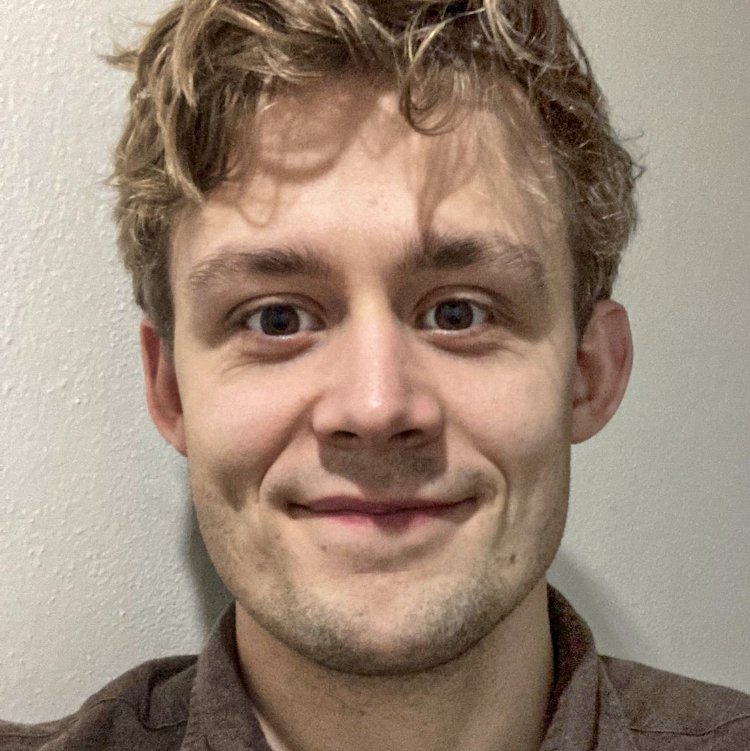
Jørgen Musaeus
Postdoctoral Researcher
email
Jose's research lies at the intersection of fundamental physics, cosmology and astrophysics and aims at probing gravity and unveiling the nature of dark energy and dark matter.

Jose Ezquiaga
Associate Professor
email
Lorena's work focuses on testing General Relativity and improving waveform modelling through black hole spectroscopy and black hole lensing.
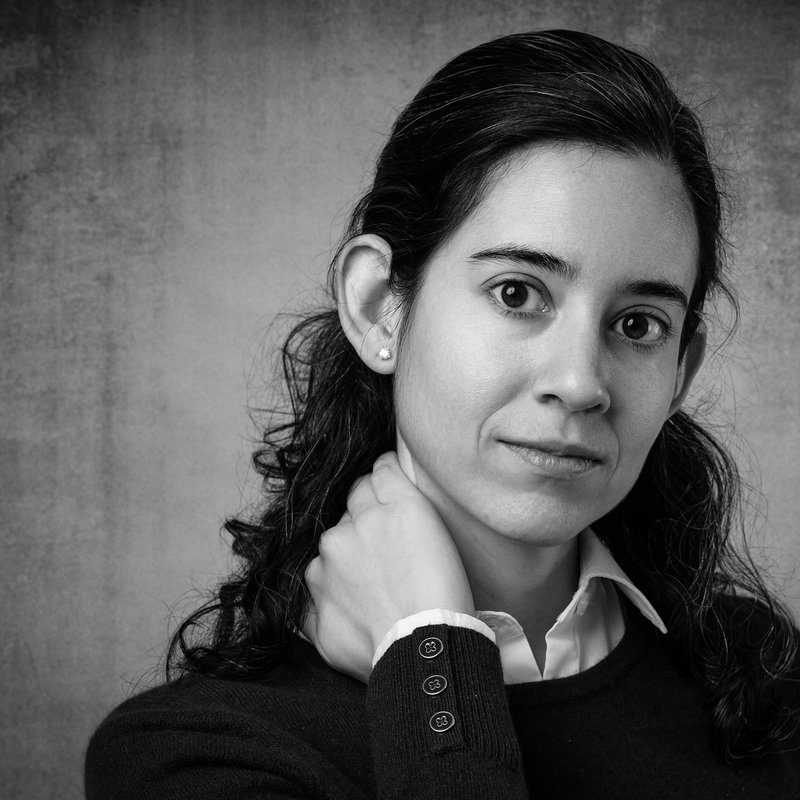
Lorena Magaña Zertuche
Postdoctoral Researcher
email
Lorenz is developing new ways to extract astrophysical information from gravitational waves to learn about extreme gravitational dynamics and gas physics in the proximity of black holes.
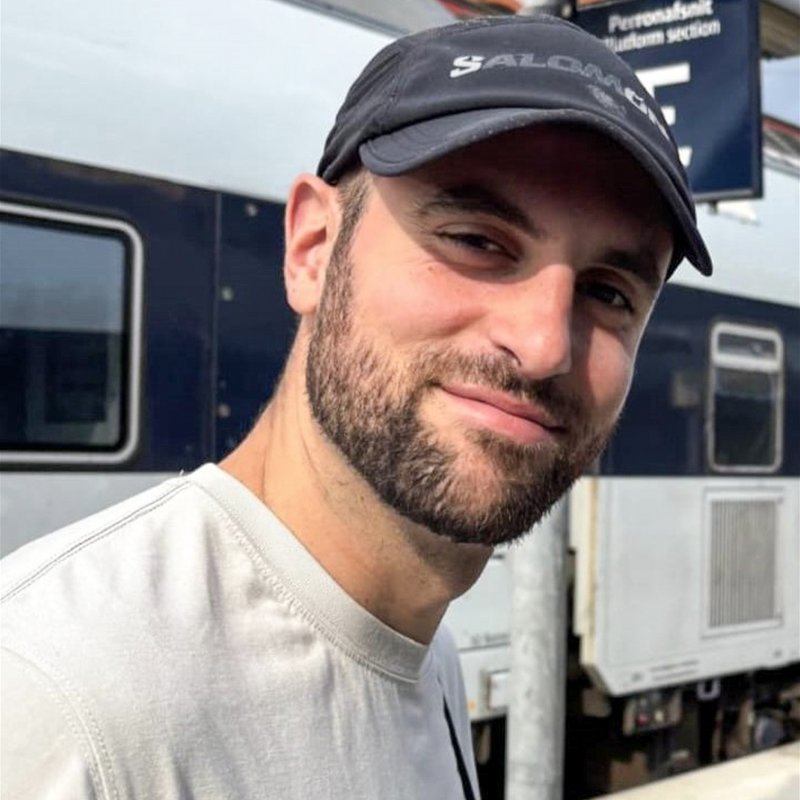
Lorenz Zwick
Postdoctoral Researcher
email
Maarten's interested in the relativistic 2-body problem describing the inspiral and merger of black hole binaries. He is an expert on the gravitational self-force formalism.

Maarten van de Meent
Associate Professor
email
Marica's research uses mathematical methods to study black hole stability during the ringdown phase. She also explores the large scale behaviour of expanding spacetimes.
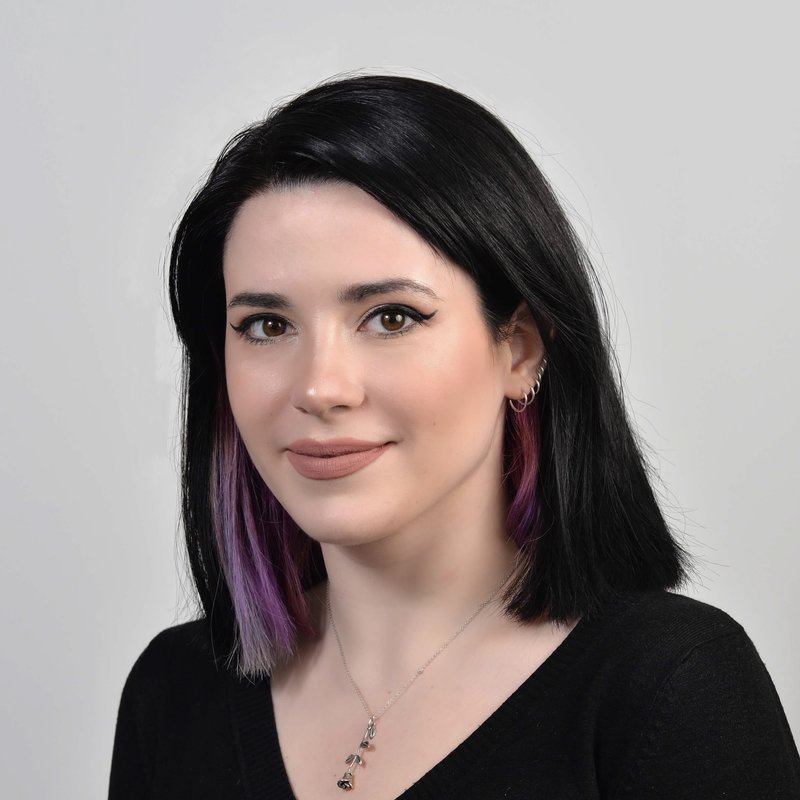
Marica Minucci
Marie Curie Fellow
email
Marta studies black hole systems in the regime of strong gravity to discover how their dynamics and the emitted gravitational wave signal is influenced by extreme gravitational environments.

Marta Orselli
Associate Professor
email
Nabha studies the structure and properties of quantum field theoretic scattering amplitudes, and their usefulness to macroscopic classical systems such as black hole mergers.
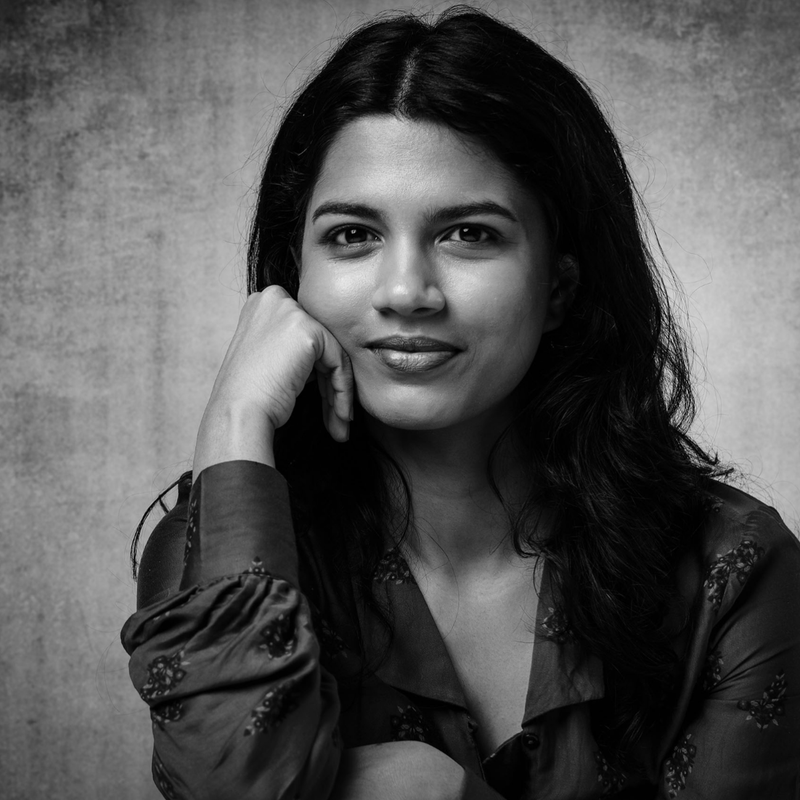
Nabha Shah
Postdoctoral Researcher
email
Niels' research centers around understanding the quantum nature of gravity and fundamental properties of black holes using approaches originating from string theory and holography.

Niels Obers
Professor
email
Pankaj’s research uses gravitational waves to probe the astrophysical environments of compact binaries and to test the strong-field regime of gravity.
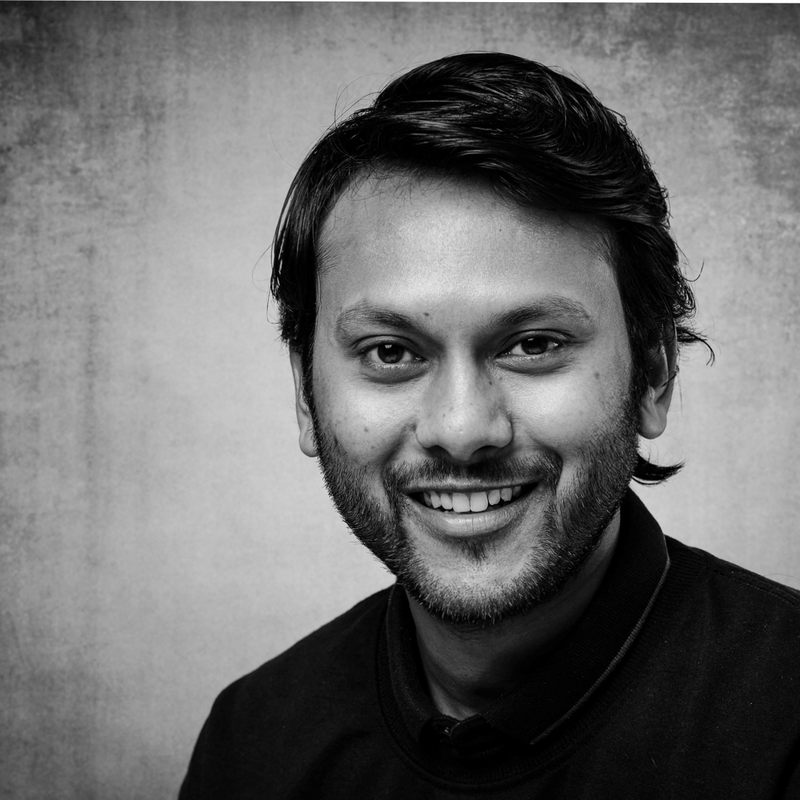
Pankaj Saini
Postdoctoral Researcher
email
Rico studies gravitational waves, gravitational lensing, black holes, and exotic compact objects using novel and efficient data analysis and computational methods.
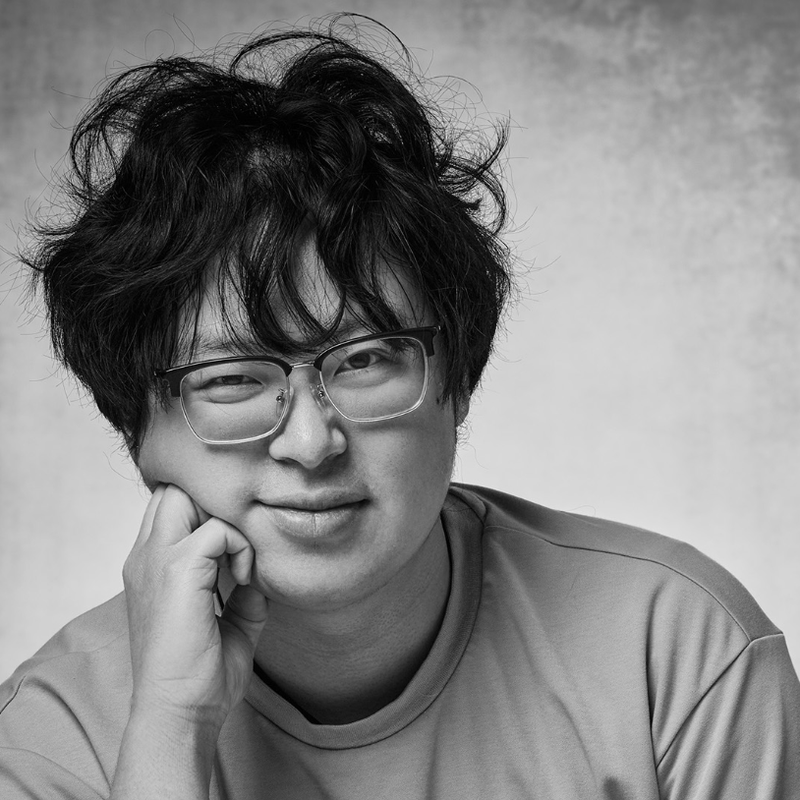
Rico (Ka Lok) Lo
Postdoctoral Researcher
email
Rodrigo tackles open challenges in black hole physics and gravitational wave astronomy using modern methods from conformal geometry and robust numerical tools.
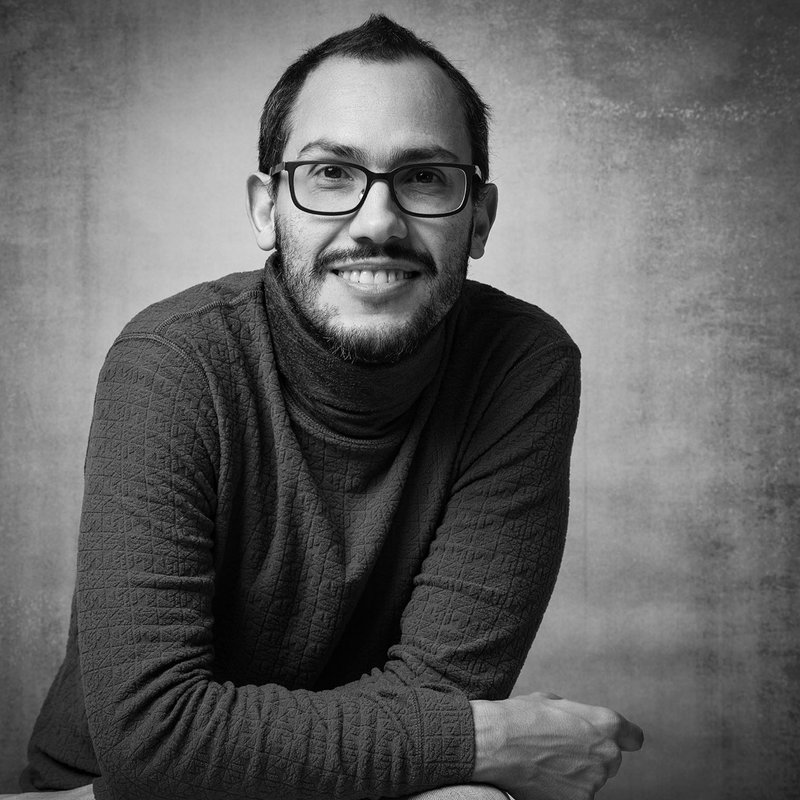
Rodrigo Panosso Macedo
Assistant Professor
email
Simon studies the ringdown of black holes to explore the nature of their spacetime. These gravitational wave signals can serve as a probe of the strong-field regime of gravity.
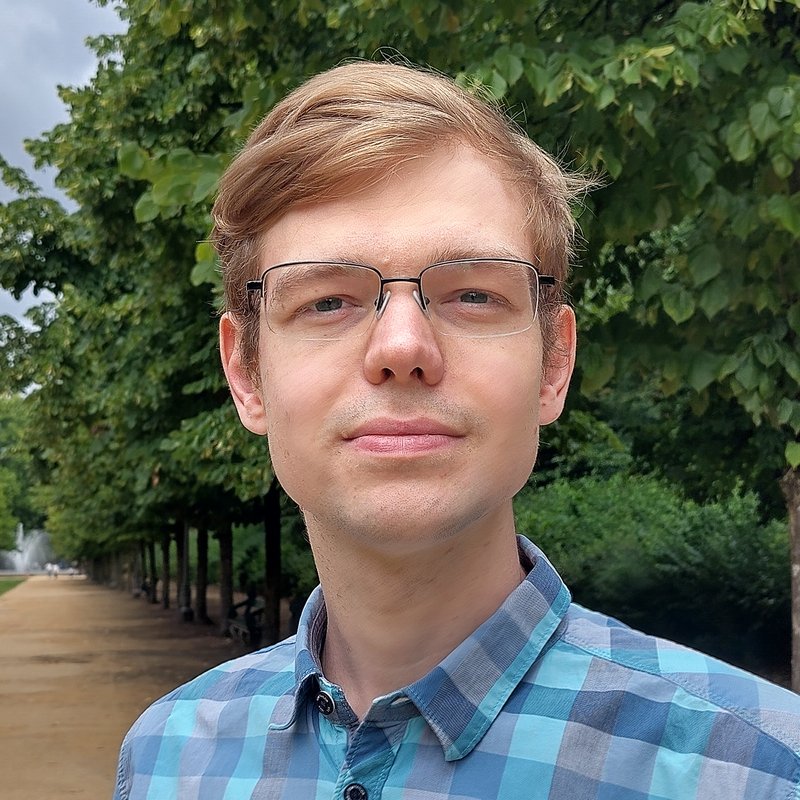
Simon Maenaut
Postdoctoral Researcher
email
Troels' research is on fundamentals of gravity, exploring holographic models for quantum gravity and new analytical techniques for strong gravity phenomena.

Troels Harmark
Associate Professor
email
Vitor's research uses black holes as engines of discovery, using them to understand the dark content of our universe, but also to test the very tenets of General Relativity.

Vítor Cardoso
Center Director/Professor
email
Yifan’s research lies at the intersection of particle physics, black holes, and various detection methods, with a particular focus on using black holes as particle detectors.
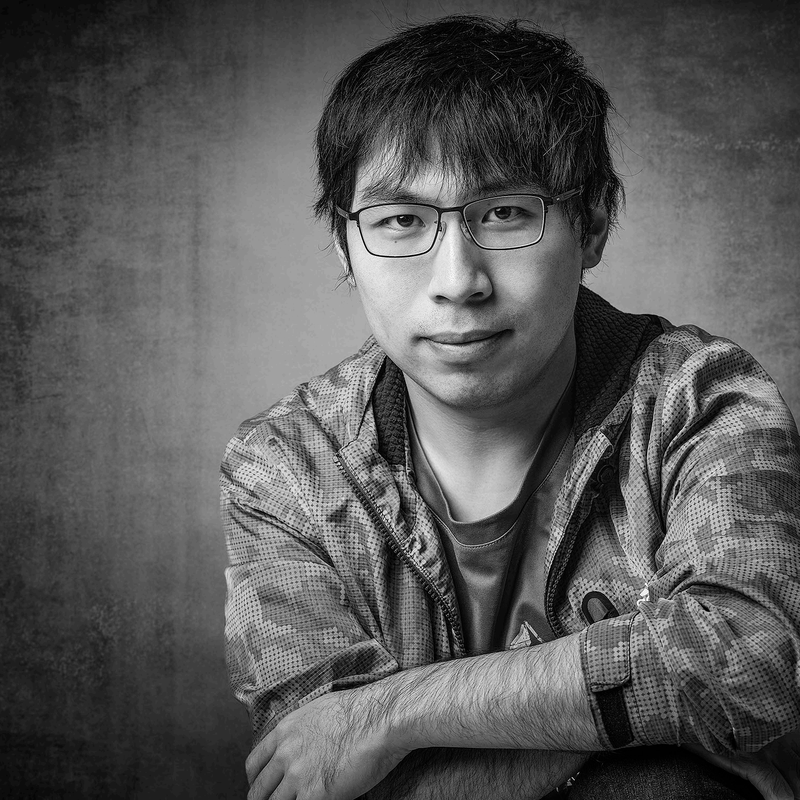
Yifan Chen
Postdoctoral Researcher
email
Zhengwen is interested in quantum field theory, ranging from their mathematical structures to their applications to gravitational two-body problem and collider physics.
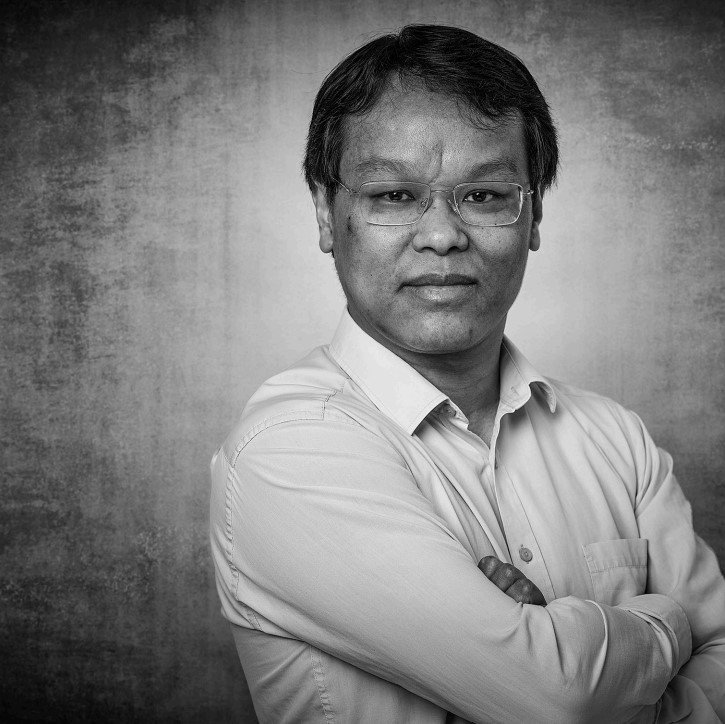
Zhengwen Liu
Assistant Professor
email
Ziqi's current research focuses on how gravity emerges from quantum systems in string theory and M-theory, and its implications for cosmology.

Ziqi Yan
Associate Professor
email
Álvaro studies Asymptotically Safe Quantum Gravity and its link to particle physics, focusing on how its scale impacts the asymptotic-safety predictions for the top/Higgs mass ratio.
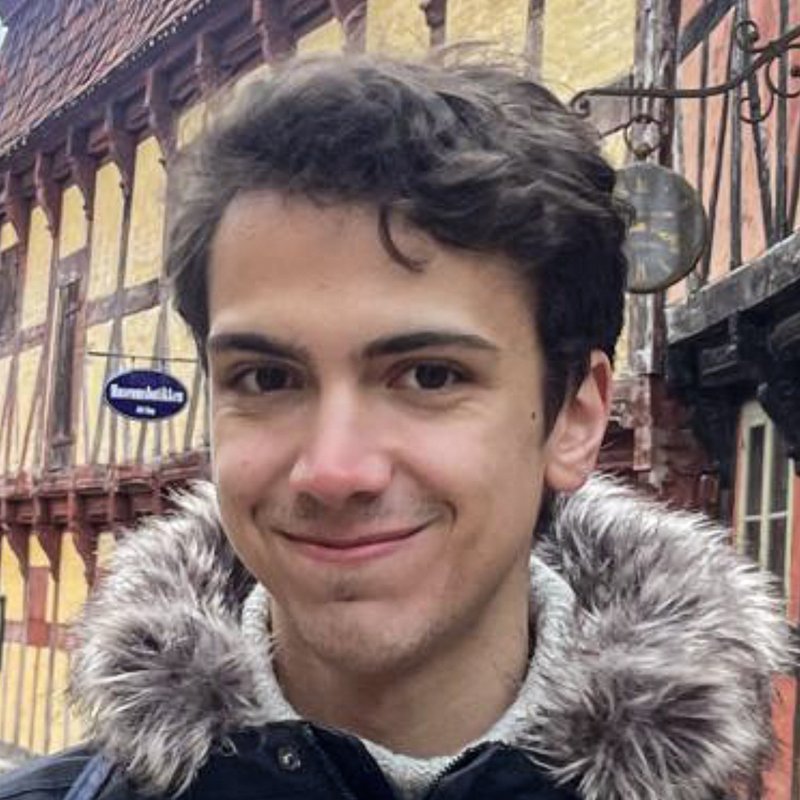
Álvaro Fernández Madrid
Master's Student
email
Conor works with the gravitational self-force formalism to model extreme mass ratio inspirals, focusing on higher-order effects and matter fields around supermassive black holes.
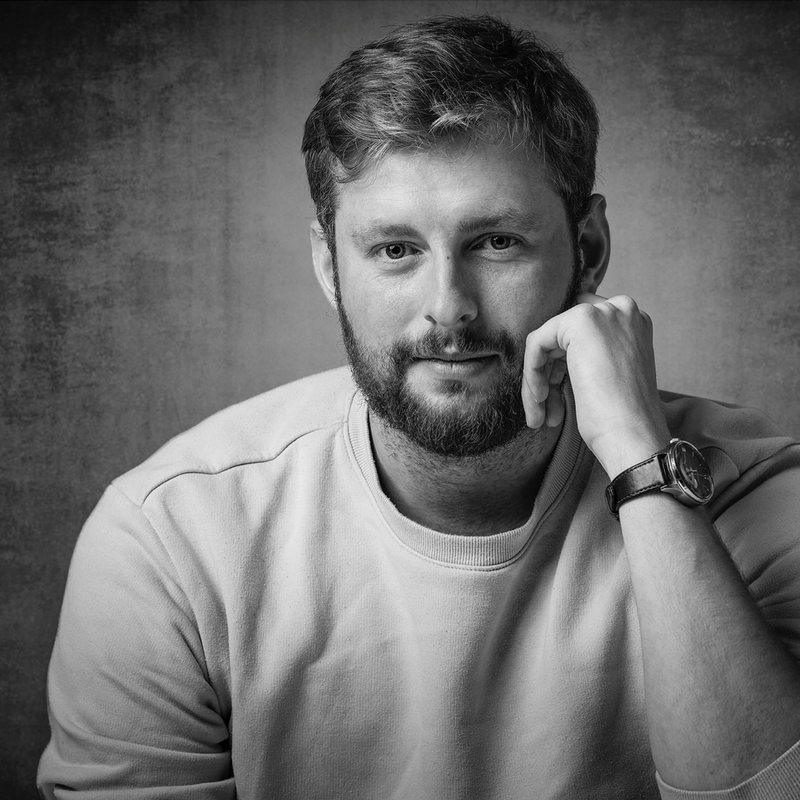
Conor Dyson
PhD Student
email
Davide studies tidal perturbations to binary black holes dynamics in a strong gravity regime, investigating relativistic signatures in the gravitational wave emission.
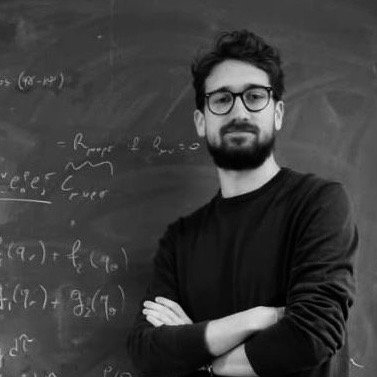
Davide Panella
PhD Student
email
David’s research focuses on the non-relativistic limit of superstring theory and examines how the holographic principle extends to this non-relativistic regime.
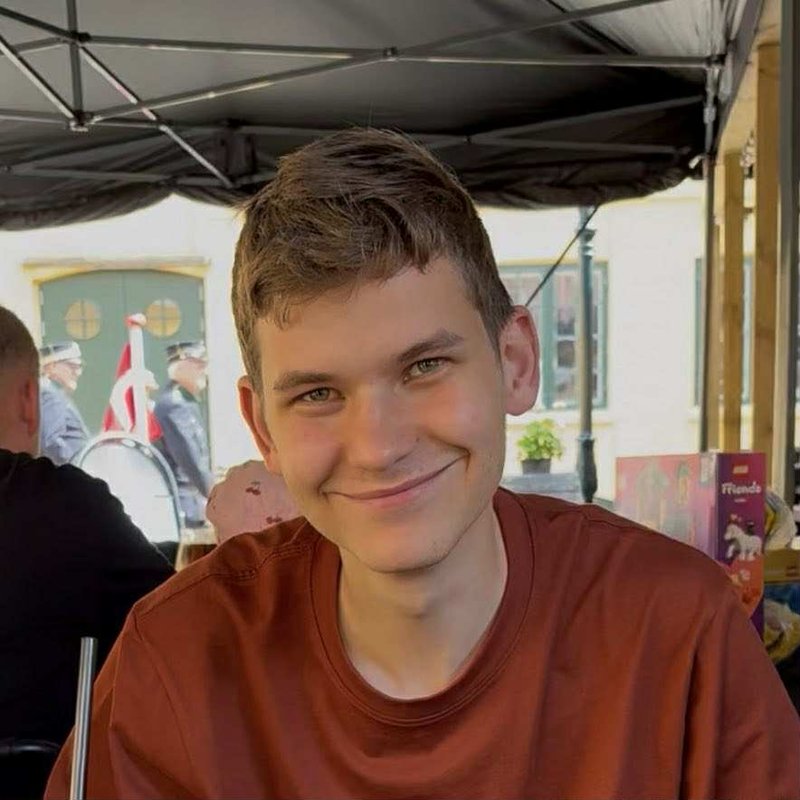
David Johansen
Master's Student
email
Dávur studies heterotic nonrelativistic string theory, investigating renormalization group flow in newly proposed sigma models.
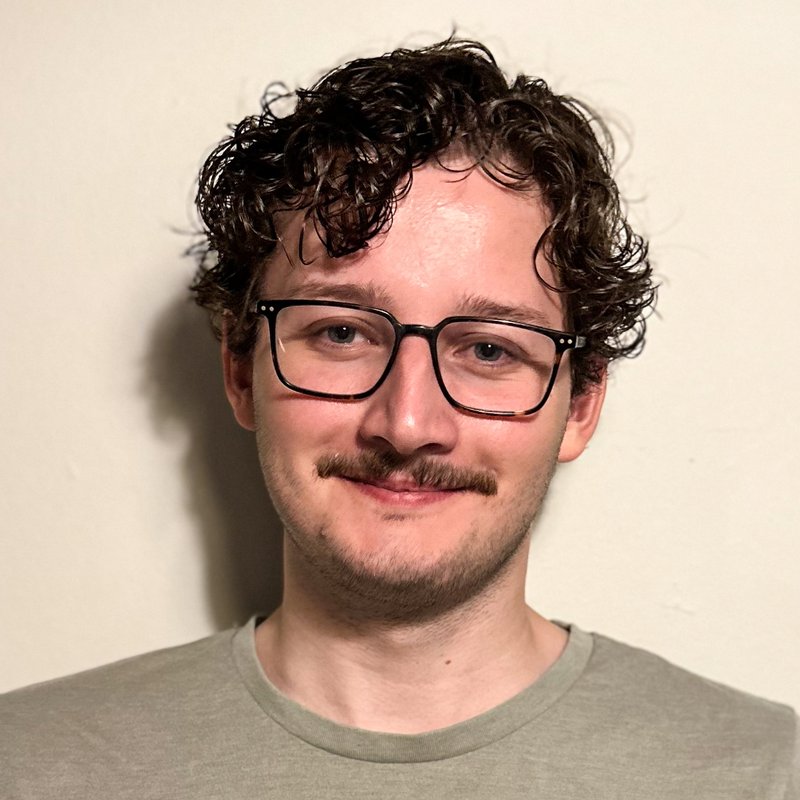
Dávur á Høgabóli
Master's Student
email
Elisa studies the inspiral phase of compact binary coalescence, focusing on systems involving electrically charged black holes.
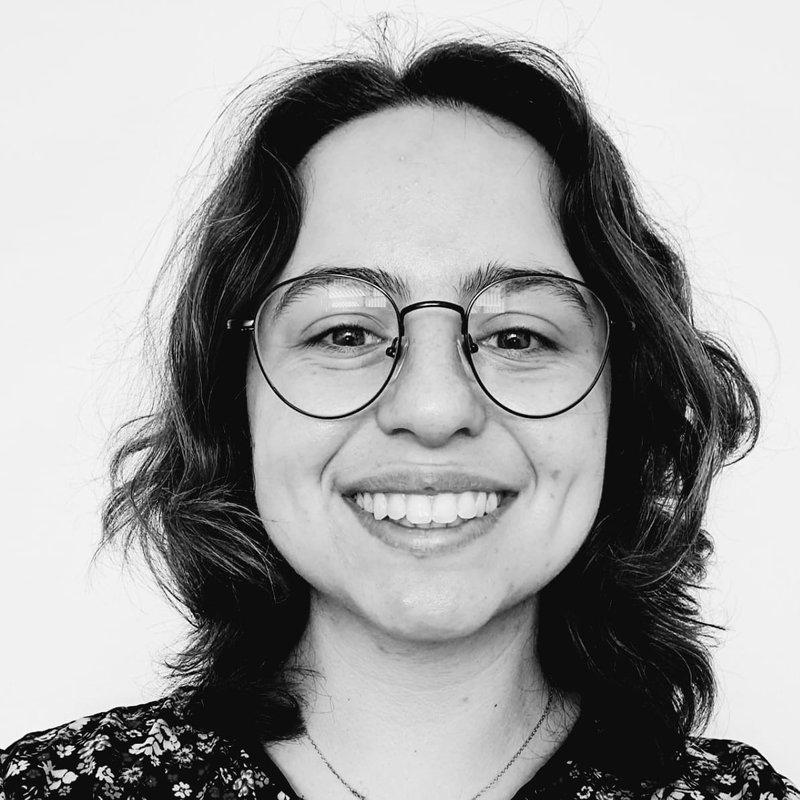
Elisa Grilli
PhD Student
email
Evelyn's research highlights quantum effects in the strong gravity regime by investigating the backreaction of quantum processes on classical black hole geometries.
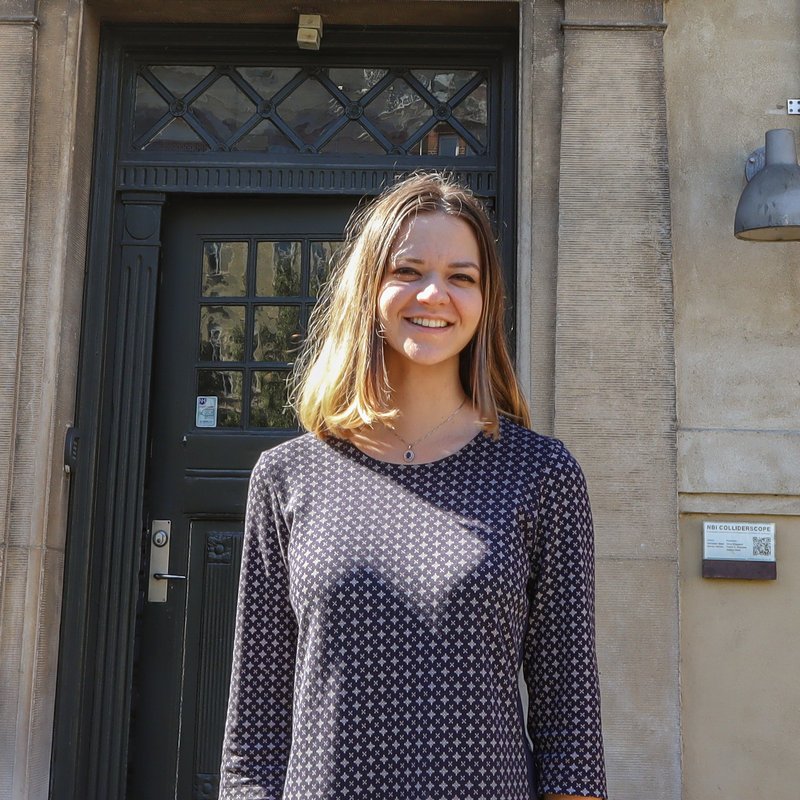
Evelyn-Andreea Ester
PhD Student
email
Francesca is studying Starobinsky inflation, focusing on how embedding it in a quantum gravity framework affects its predictions and consistency with cosmological data.
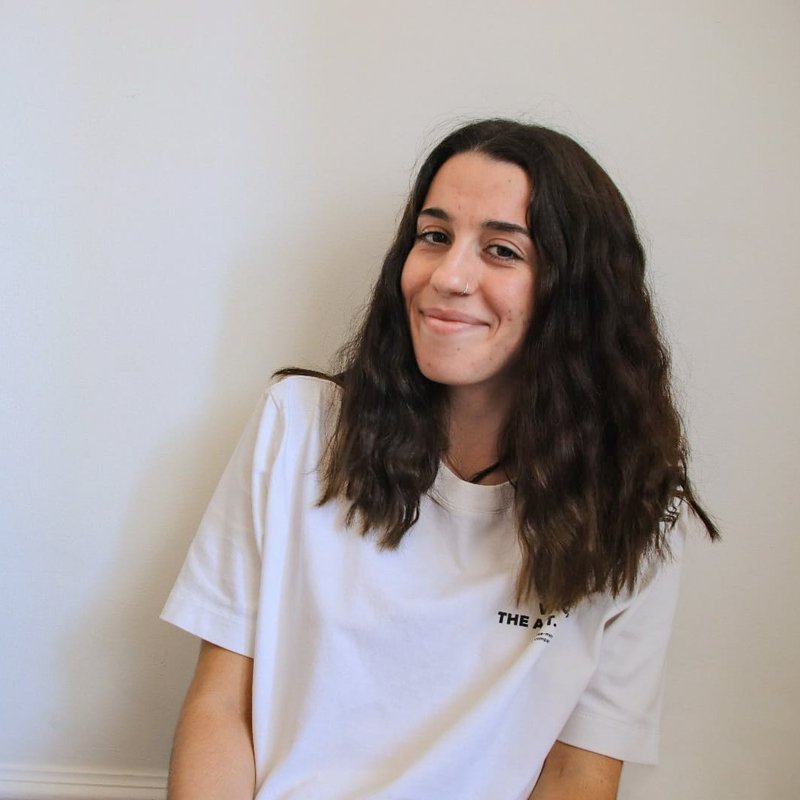
Francesca Campani
Master's Student
email
Francesco’s research lies at the interface of Quantum Gravity and Effective Field Theory, focusing on Asymptotically Safe Gravity and its connections to other approaches to quantum gravity.
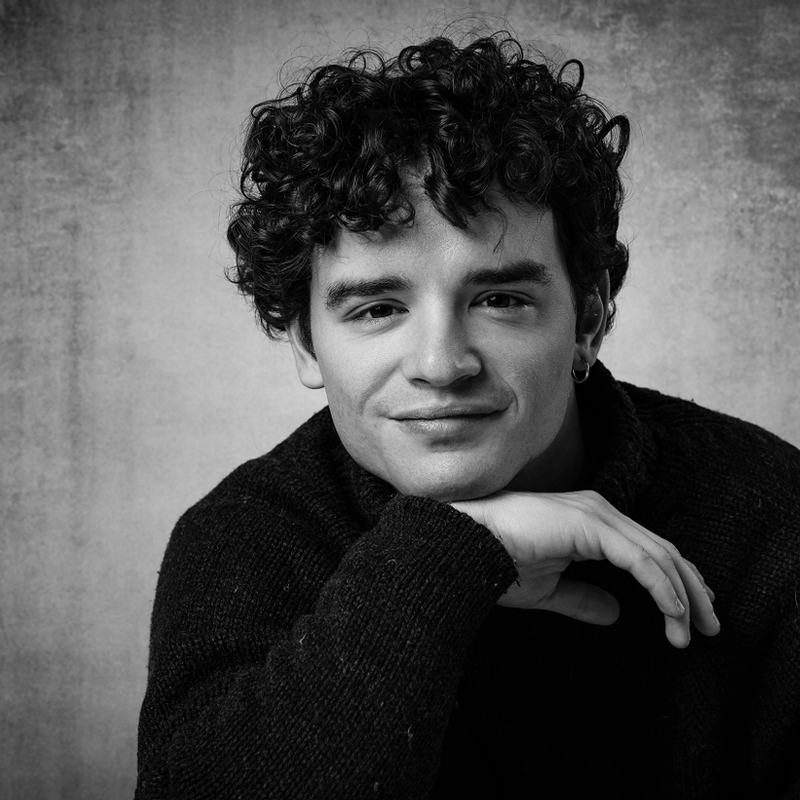
Francesco Ferrarin
PhD Student
email
Guangzi works on developing and applying gravitational self-force formalism at second order to model the extreme mass-ratio inspirals.
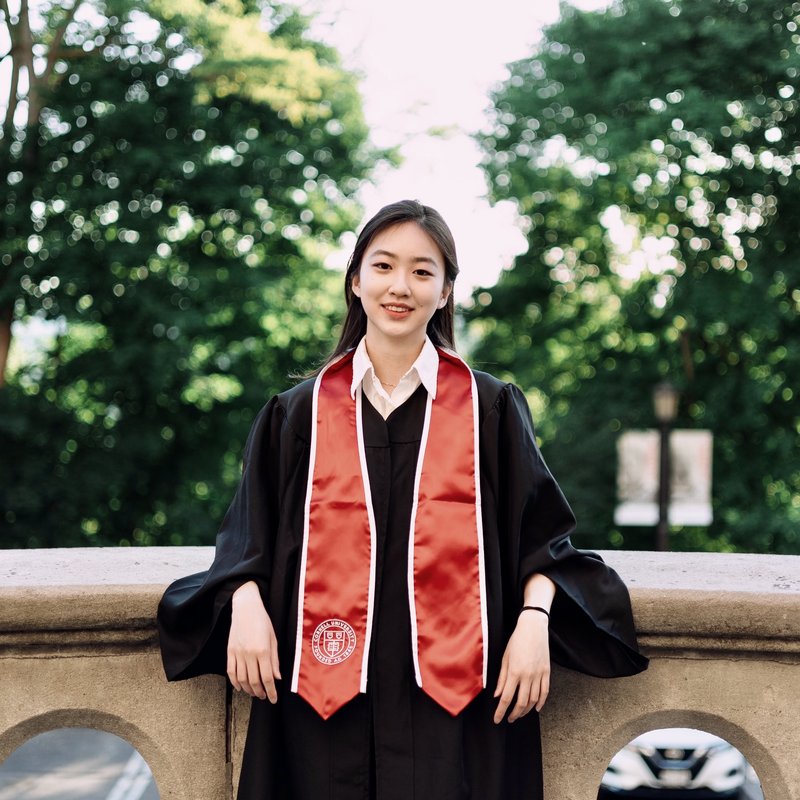
Guangzi Xu
PhD Student
email
Bachelor in physics at the University of Copenhagen with focus on astrophysics, wrote a Bachelor Project about determining the presence of complex chemistry from forming starts using spectroscopy
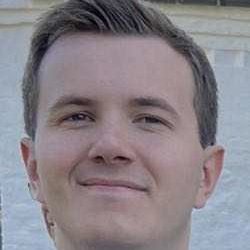
Gustav Gudmandsen
Master's Student
email
Jaime studies the nonlinear interaction of gravitational waves with themselves and with astrophysical matter, tackling fundamental questions about black holes and their ringdown.

Jaime Redondo-Yuste
PhD Student
email
I explore the applicability of Spin Matrix Theory to N=6 superconformal Chern–Simons–matter theory (ABJM), seeking exact, non-relativistic limits of the associated AdS/CFT correspondence.
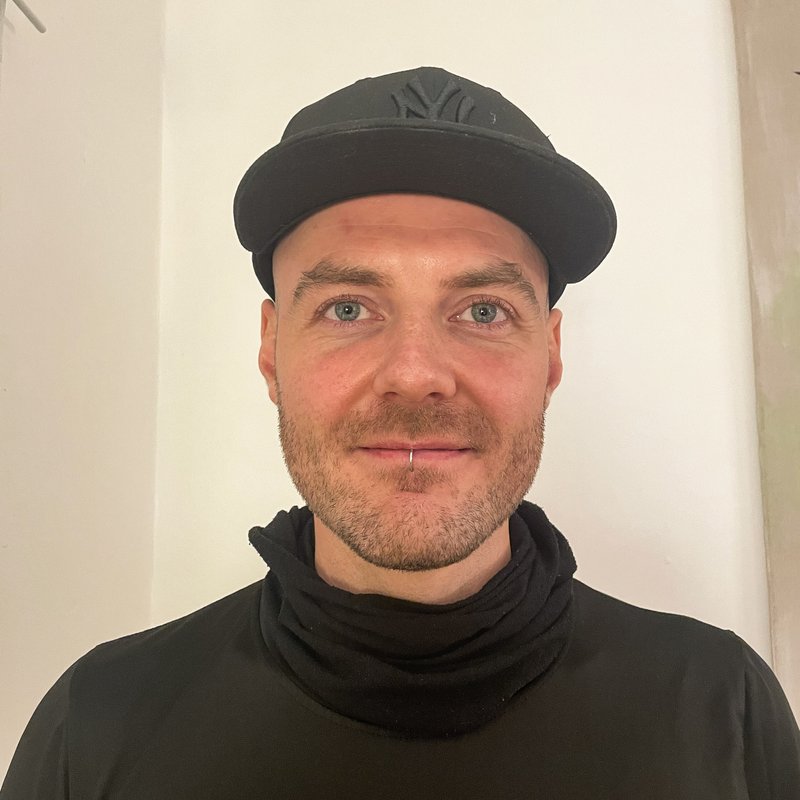
Jens Peter Andersen
Master's Student
email
Joey studies distortions of gravitational wave signals due to gravitational lensing or modifications to Einsteins gravity using neural posterior estimation to accelerate the analysis.
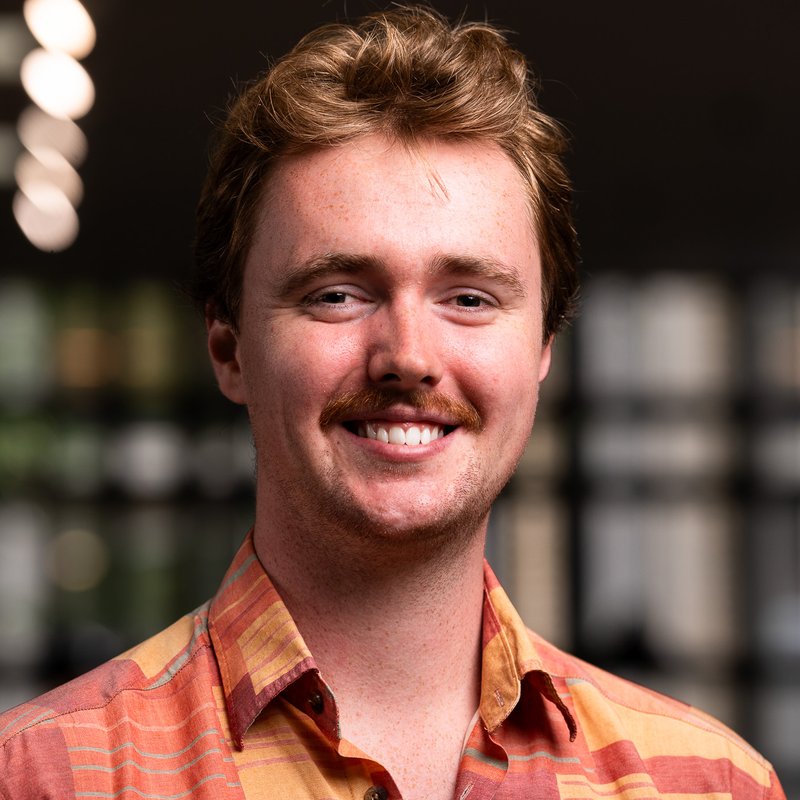
Joey Bowman
Master's Student
email
Juno's research explores gravitational wave and relativistic astrophysics, probing how matter and gravity interact in astrophysical events.
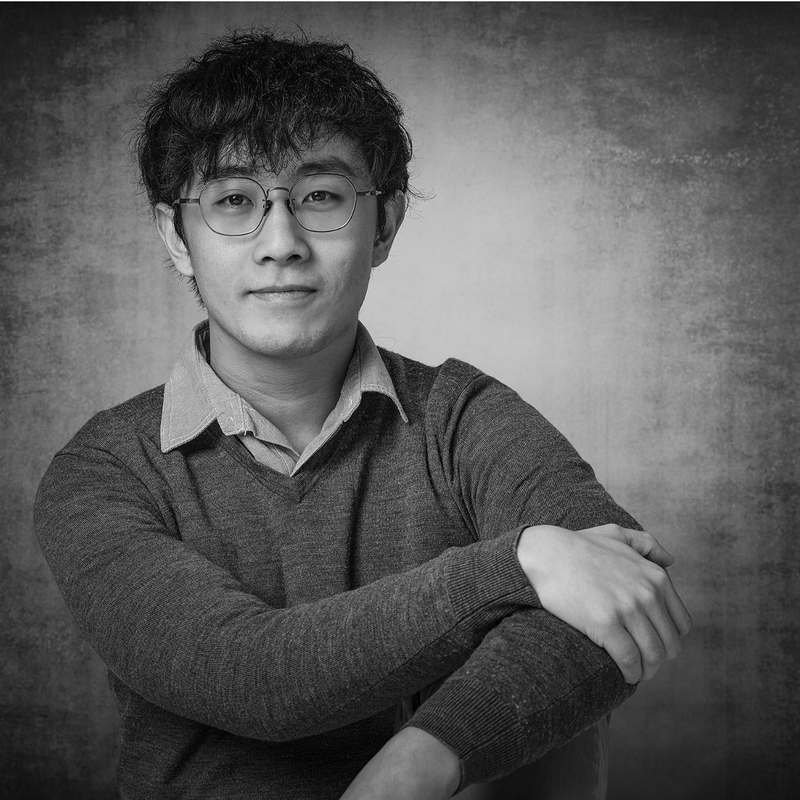
Juno Chan
PhD Student
email
Kai studies how gravitational wave sources interact with their astrophysical environments, and how these interactions are imprinted onto their gravitational wave signals.
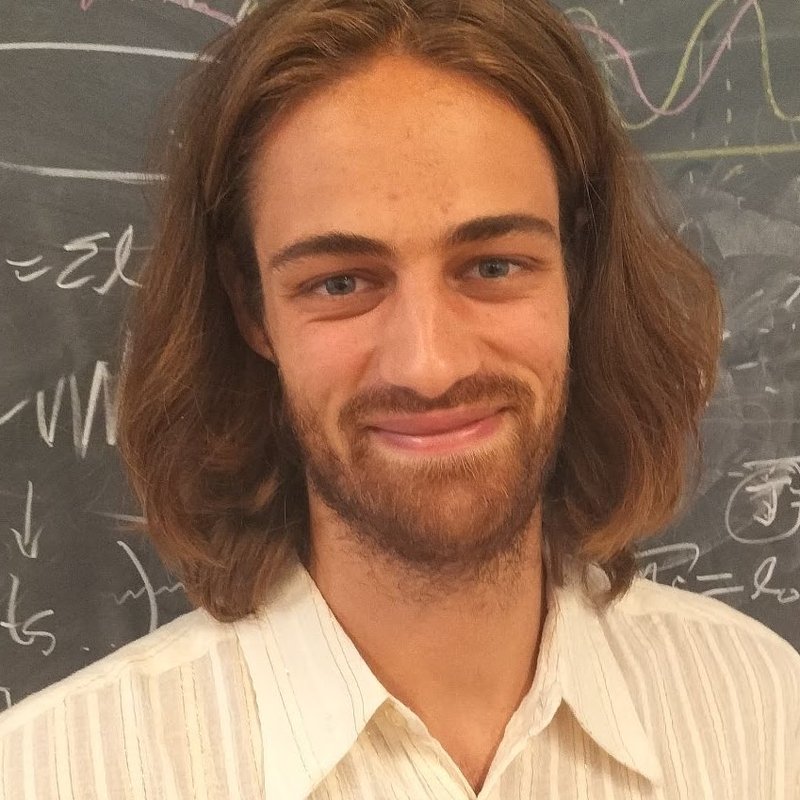
Kai Hendriks
PhD Student
email
Leart studies the interplay between gravity and matter, focusing on the dynamics of self-gravitating systems and the interaction of gravitational waves with astrophysical objects.
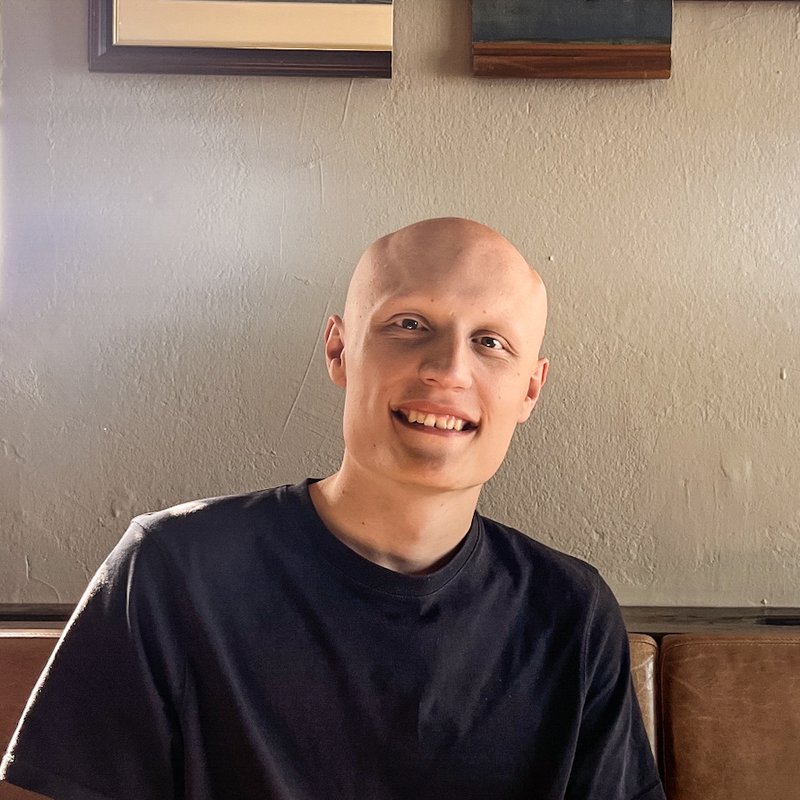
Leart Sabani
Master's Student
email
Liam studies BPS limits of superstring theory, focusing on the resulting non-Lorentzian supergravity theories and their duality relations.
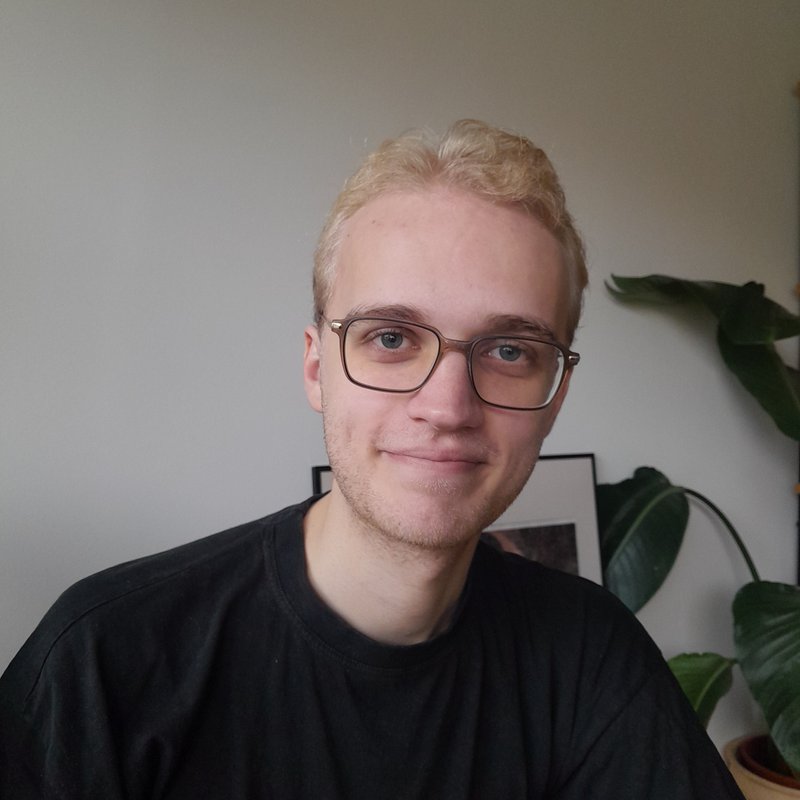
Liam Pflughaupt
Master's Student
email
Lucía is interested in studying black holes from different perspectives, and is now working with Maarten in the self-force formalism and with Vitor in black hole spectroscopy.
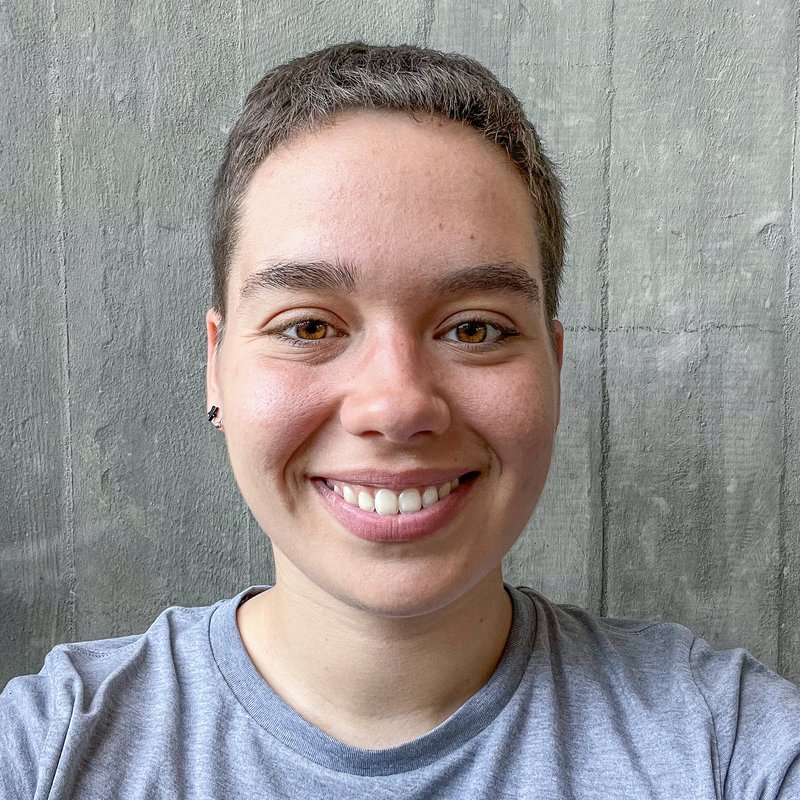
Lucía Vélez Tartajo
Master's Student
email
Luka studies the effects of gravitational wave lensing by complex large scale structures, and how these signals can teach us about cosmology and the nature of dark matter.
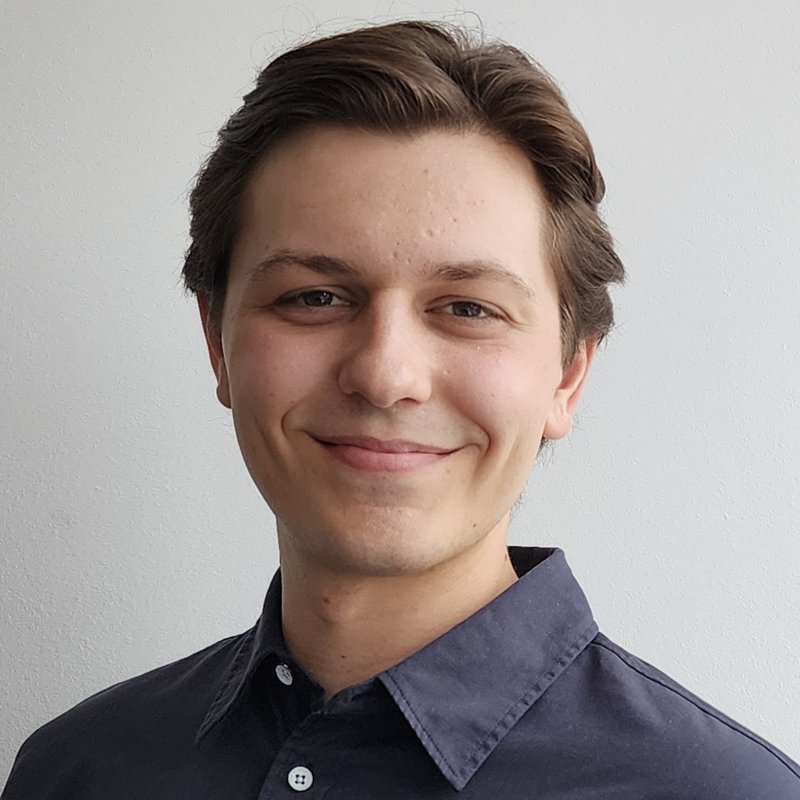
Luka Vujeva
PhD Student
email
Manon is a master’s student in Quantum Physics at NBI, working on the relativistic two body problem.
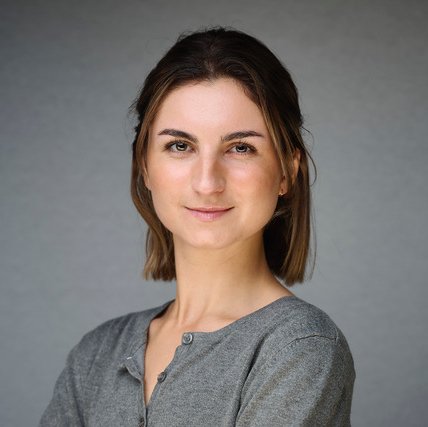
Manon Johansson
Master's Student
email
Marta studies strong-gravity tidal interactions in hierarchical black hole triples, probing their complex dynamics and resonant behaviors in the framework of General Relativity.
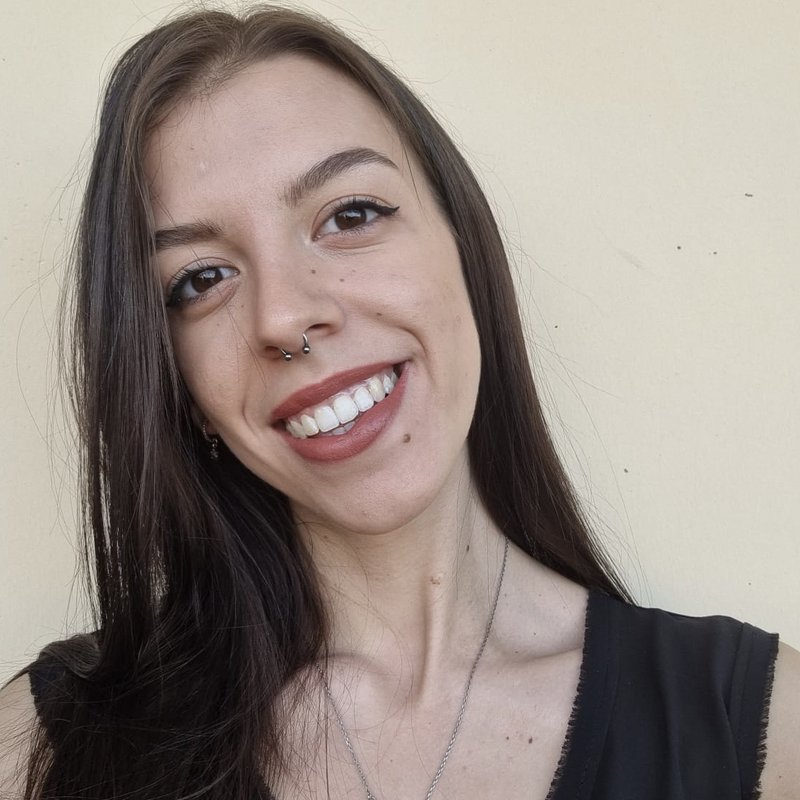
Marta Cocco
PhD Student
email
Menglei studies the dualities between 3d N=2 supersymmetric gauge theories and is interested in the 3-manifold invariants associated with these theories via the compactification of 6d(2,0) theory
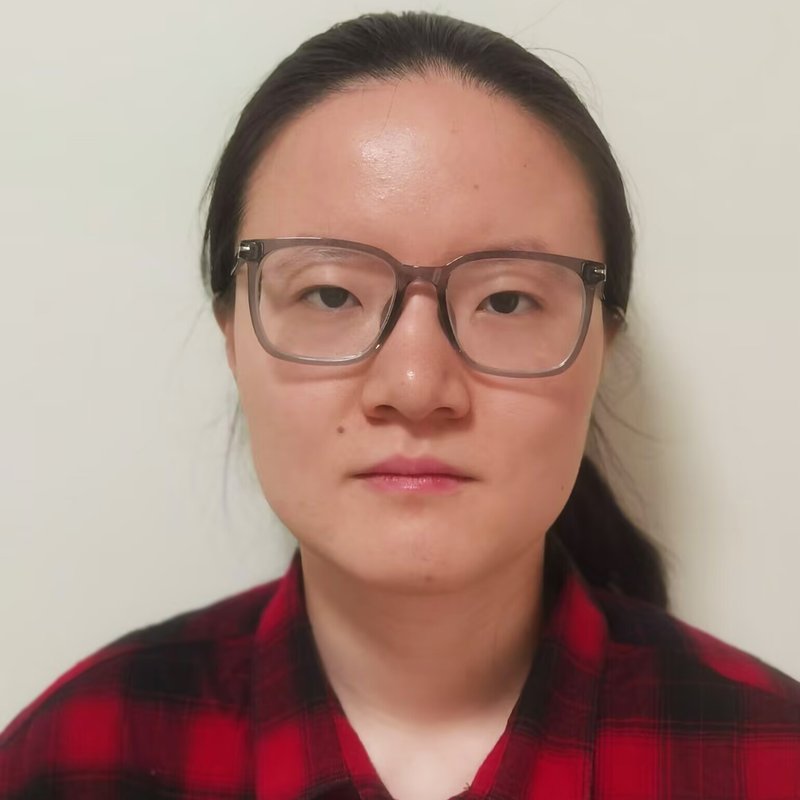
Menglei Tian
Master's Student
email
Sashvat is studying the Ringdown of Black Holes by understanding their Quasinormal Modes.

Sashvat Iyer
Master's Student
email
William Kock Hansen
Bachelor's Student
email
Zhifeng is studying black hole observations and imaging, focusing on the ray tracing from the POV of an observer orbiting a spinning black hole.

Zhifeng Du
Master's Student
email
Ziying is a master’s student at the Center of Gravity, studying the spacetime geometry of Kerr black holes in general relativity.
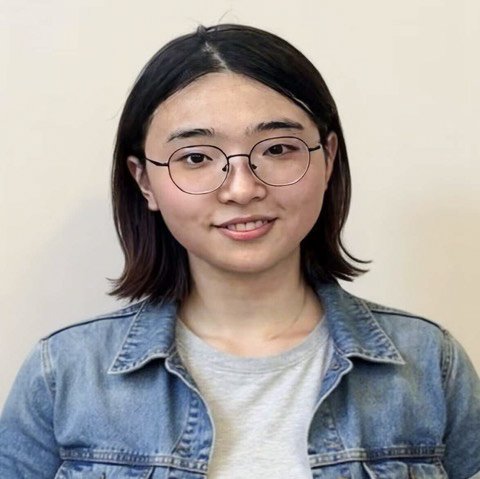
Ziying Ma
Master's Student
email
Marina's main interest is in the ringdown signal emitted by binary black hole coalescences, exploring the impact of the inspiral two-body problem on the post-merger waveform.
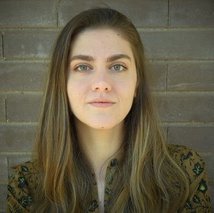
Marina De Amicis
PhD Student
email
Nowadays I am collaborating on a project about studying the gravitational waves of an Extreme Mass Ratio Inspirals according to the Modified Gravity theory "Higher-Derivative Gravity".
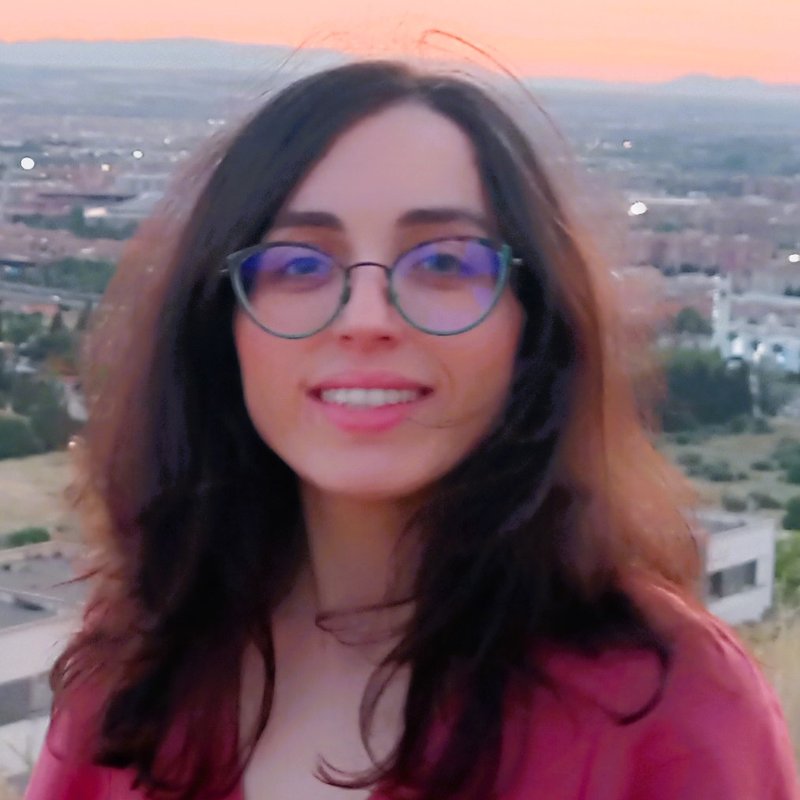
Carmen López Jurado
Research Assistant
email
Gaia's research examines how environmental effects in AGN accretion disks shape the evolution of stars and stellar remnants, black hole mergers, and three-body interactions.

Gaia Fabj
PhD Student
email
Alessandro Alberto Trani uses simulations and analytic theories in dynamical astronomy to uncover the origins of gravitational waves from merging stellar-mass black holes.
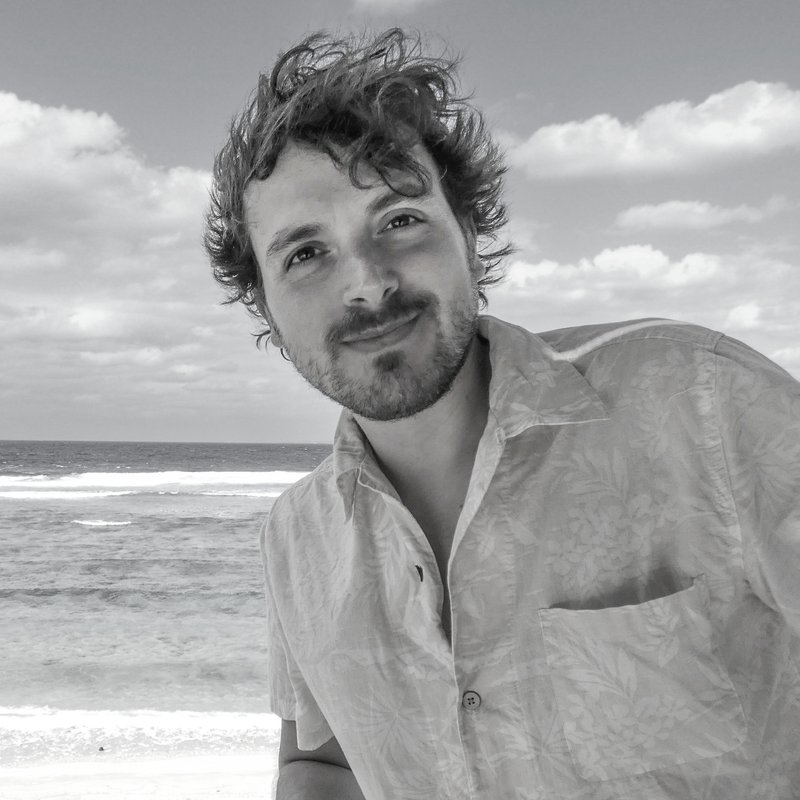
Alessandro Alberto Trani
Postdoctoral Researcher
email
João is interested in understanding how gravitational waves can probe the environments around black holes, currently with a focus on hierarchical triple systems.
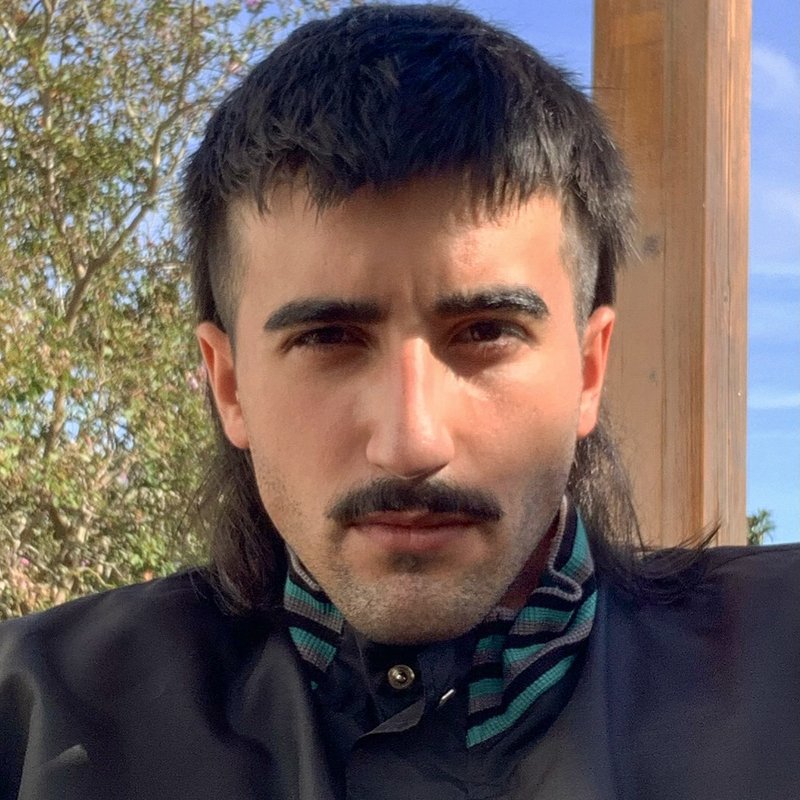
João Sieiro dos Santos
PhD Student
email
David works on developing a theoretical understanding of the strong-field regime of gravity, with a focus on nonlinear effects in gravitational physics, and signatures of compact objects.
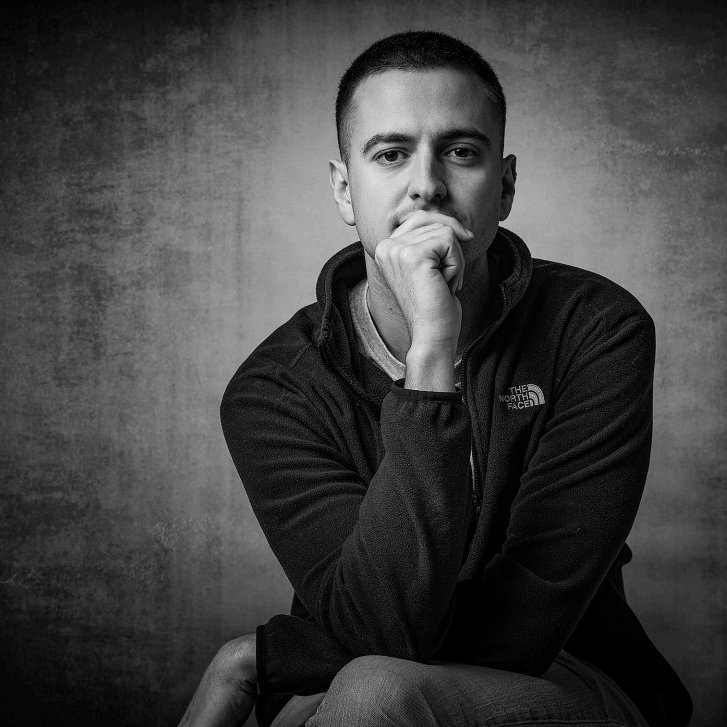
David Pereñiguez
Postdoctoral Researcher
email
Thomas works on characterising observational signatures from the environments surrounding black holes.
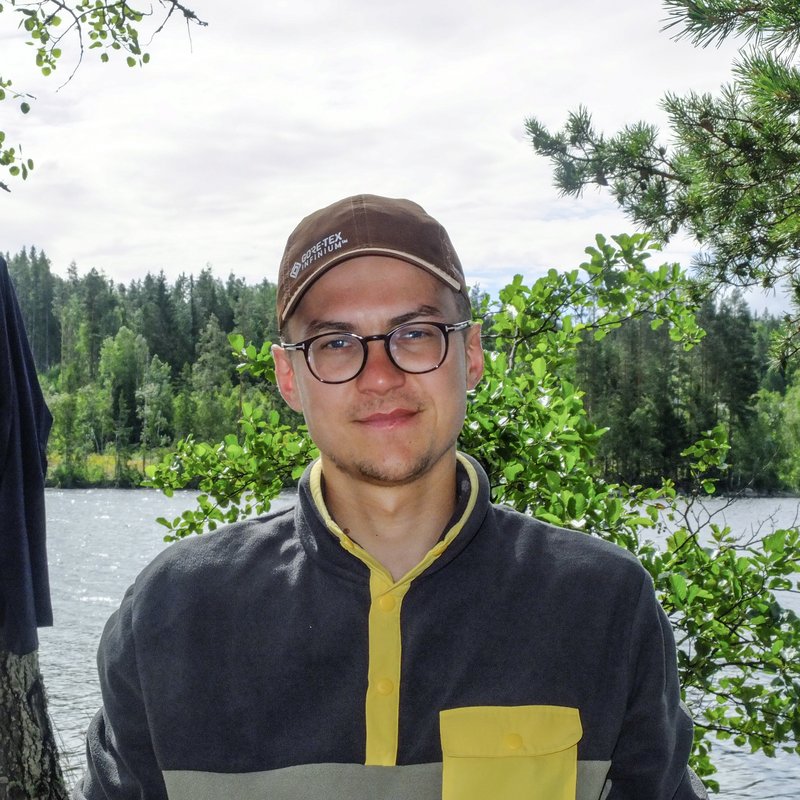
Thomas Spieksma
PhD Student
email
János studies the composition of neutron stars through their tidal dynamics, as well as fundamental aspects of phase shifts in gravitational-wave signals due to environmental effects.
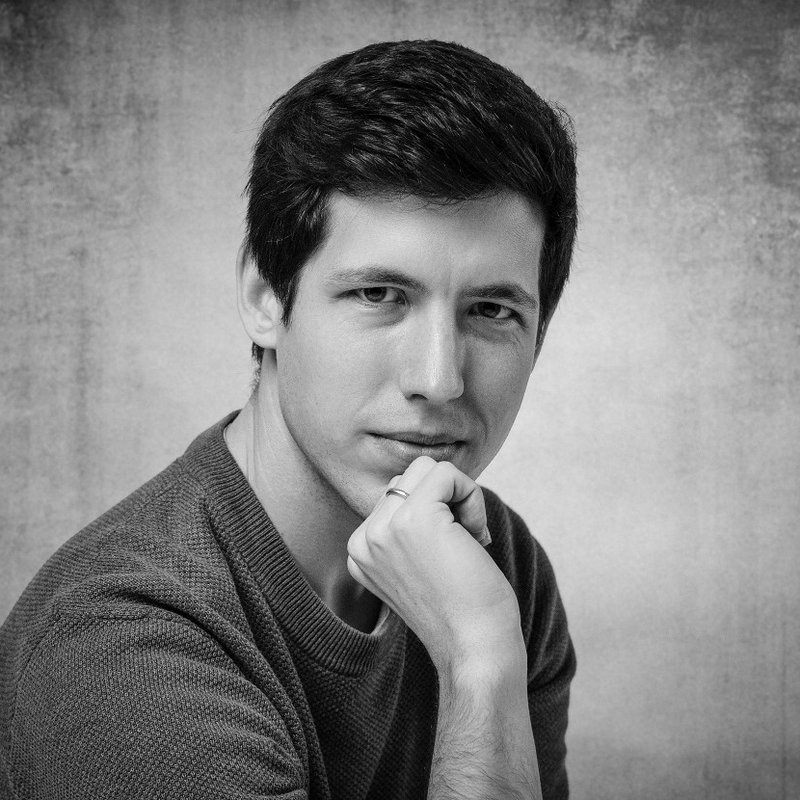
János Takátsy
Postdoctoral Researcher
email
